Barren, mysterious, primal, the Isle of Mull is the Hebridean wilderness at its best and it’s just a short ride when you take the car ferry to Mull from Oban.
Ruined castles, colorful fishing villages and fresh seafood are all alluring propositions when considering a visit to the Isle of Mull. What astounded us was the peacefulness and natural beauty that abounds there. But to get there, you’ll need to take the Ferry to Mull from Oban.
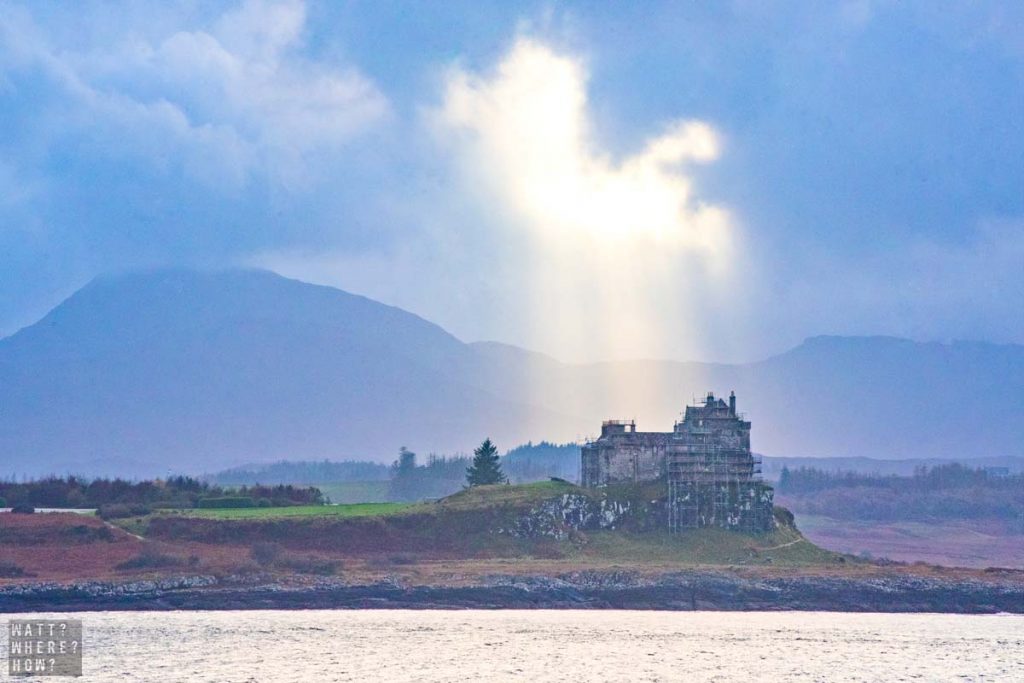
Getting the ferry to Mull from Oban
As one of the closer islands to the mainland, it’s easy to catch the ferry to Mull from Oban. The island is accessible by the Calmac vehicular ferry from Oban. It leaves regularly through the day, welcoming on board trucks, cars, lorries, bikes, and pedestrians mad enough to want to hike in the unpredictable weather that defines coastal Scotland.
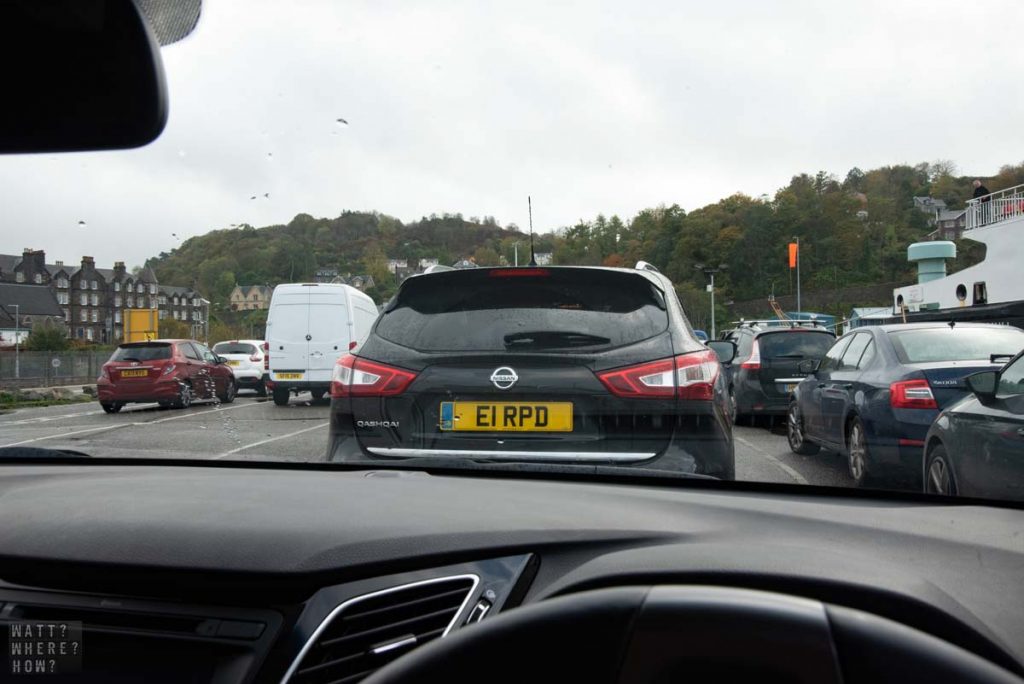
To take the ferry to Mull from Oban, you’ll need to buy tickets either in advance online, or at the Ferry Terminal in Oban. If you’re driving, it’s recommended that you secure a spot ahead of time in the peak season (summer).
The Caledonian MacBrayne Ferry Company is one of Scotland’s largest ferry operators and the boats are well-kept. It’s easy to board, but there’s always a lengthy wait for the other cars to be unloaded before you can drive on – though it can be a tight fit getting out of your car without knocking the paintwork of the one next to you. Head up the internal stairs and there’s indoor seating, a small bar/cafe, or head out onto the decks into the brutal winds.
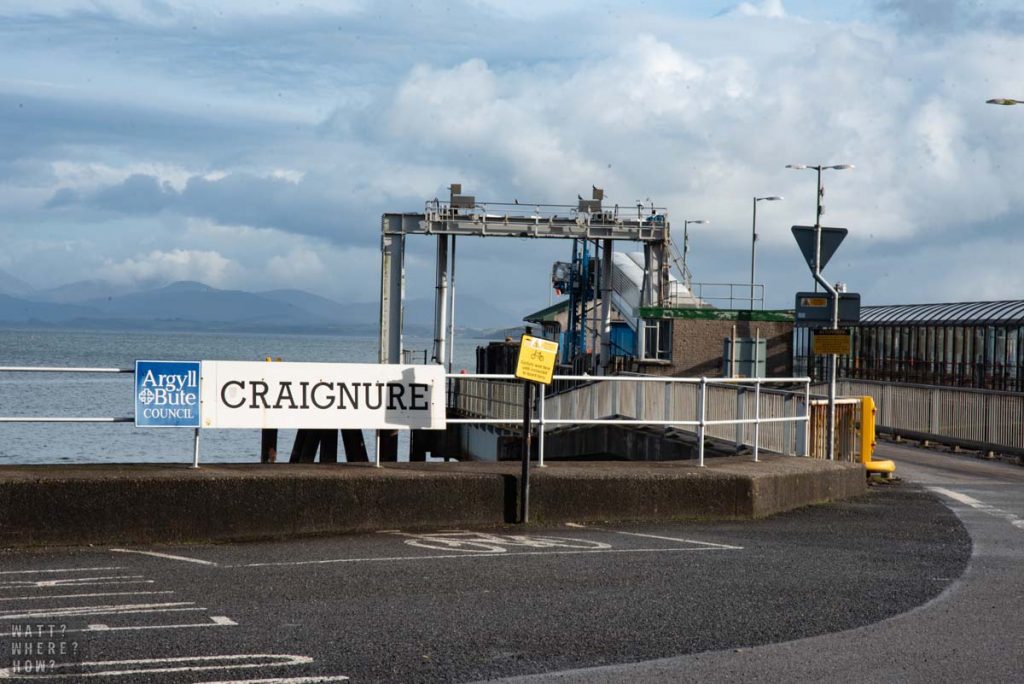
Craignure Terminal
When you take the ferry to Mull from Oban, the first stop off the Calmac ship is the port at Craignure. Consisting only of a few small shops, it provides you with the moment’s adjustment to the realities of driving across the island – there’s only one road and one lane.
Every half a mile on either side of the road is a bay to pull over and let the other car through. It means you have to be constantly on high alert with eyes on the road – something that gets increasingly difficult as the landscape becomes more majestic.
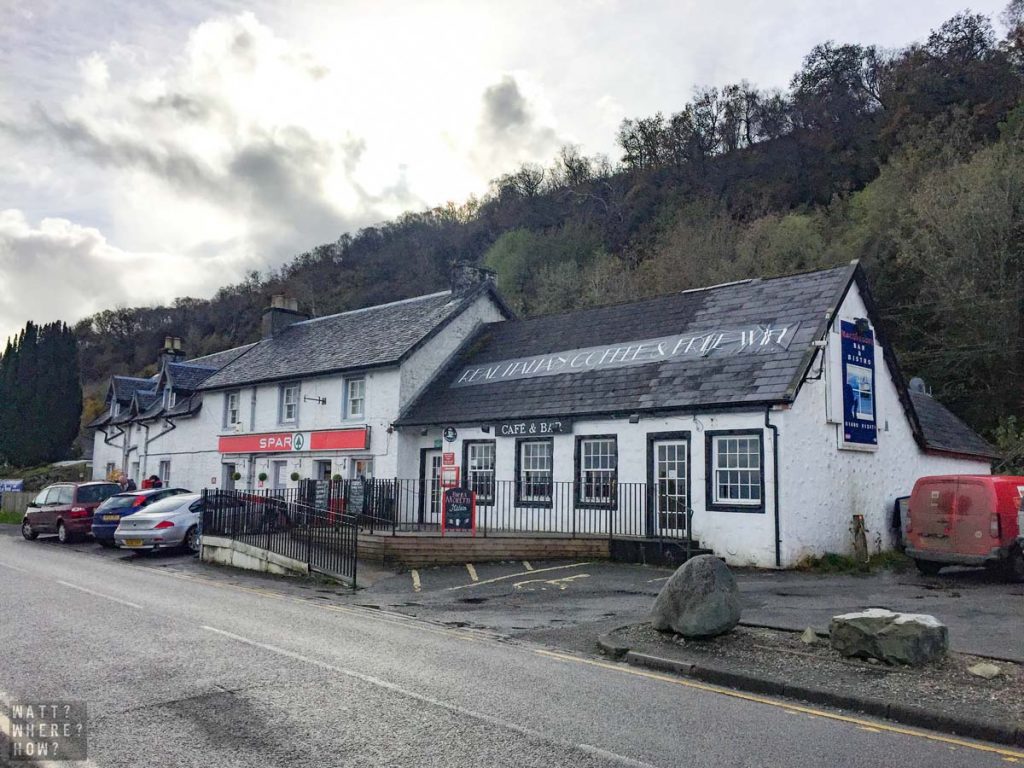
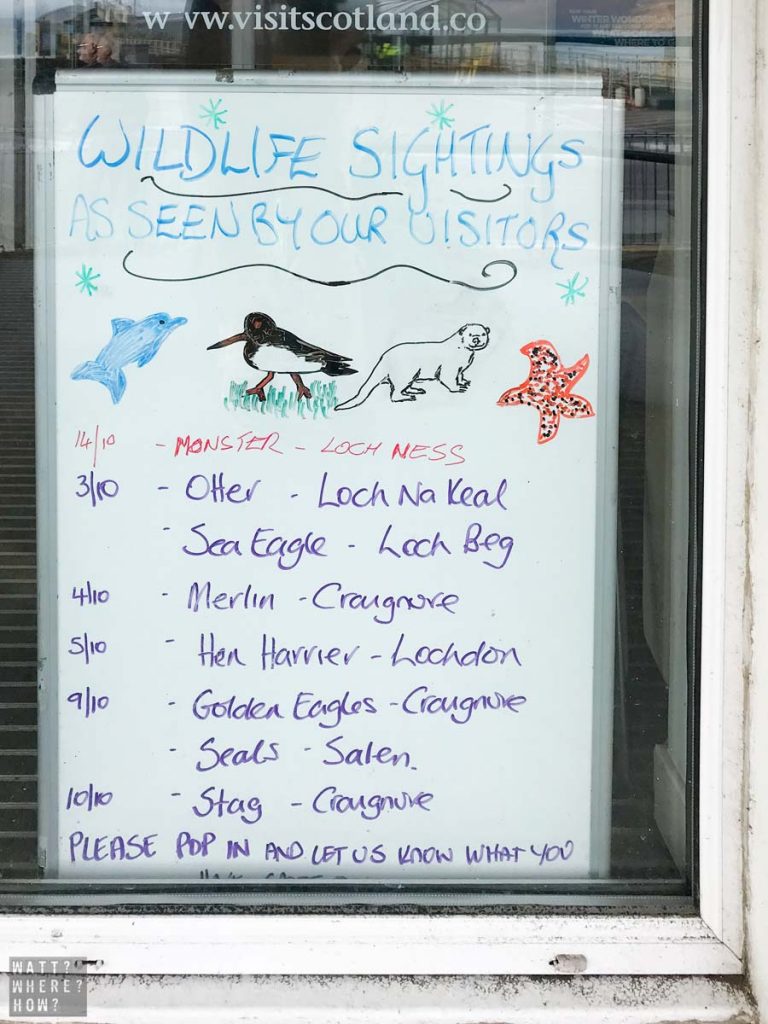
Arriving in the late afternoon, we have a long drive ahead and with the aforementioned road conditions, we want to be at our destination before it gets too dark. That means missing out on a visit to 13th Century Duart Castle, which is luckily closed for the season. The road weaves along the coast, at times right next to the water. At the Iverlussa Mussel Farm, on the shore of Loch Spelve we pause for a break and to take in the view, a weather-beaten trawler floats just offshore, its work for the day done.
Deviating inland, the road rolls through hills and gullies. With autumn at its peak, the trees and bracken ferns have turned a range of orange, ochre, red and brown hues. Mountains rise up abruptly and white waterfalls cascade down from above. It’s like being a movie like Lord of the Rings – epic scenery, bleak weather and complete silence.
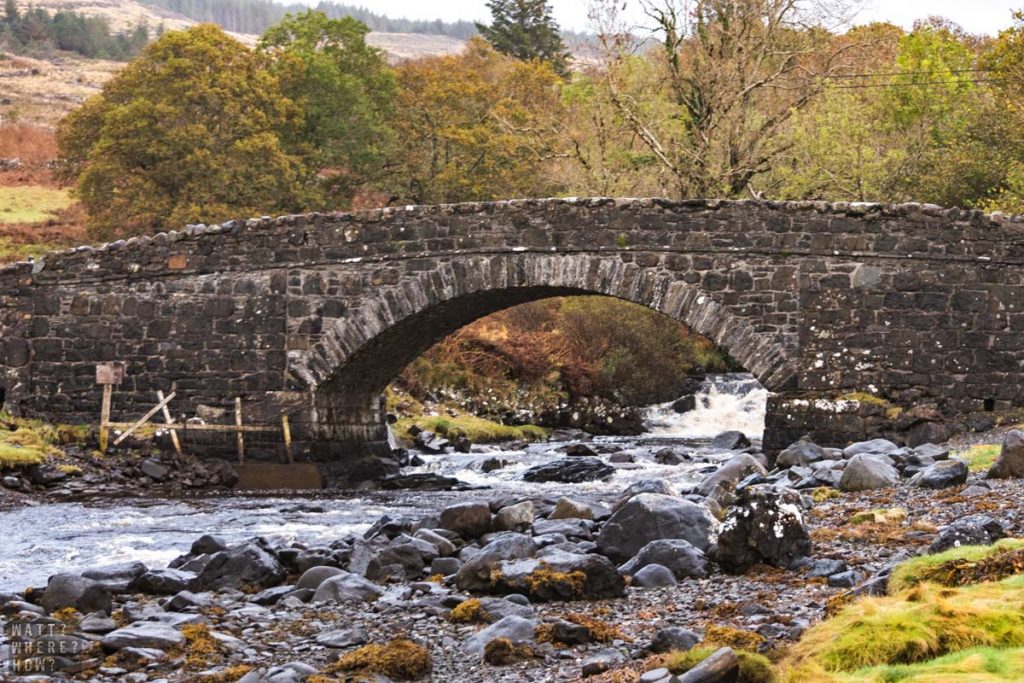
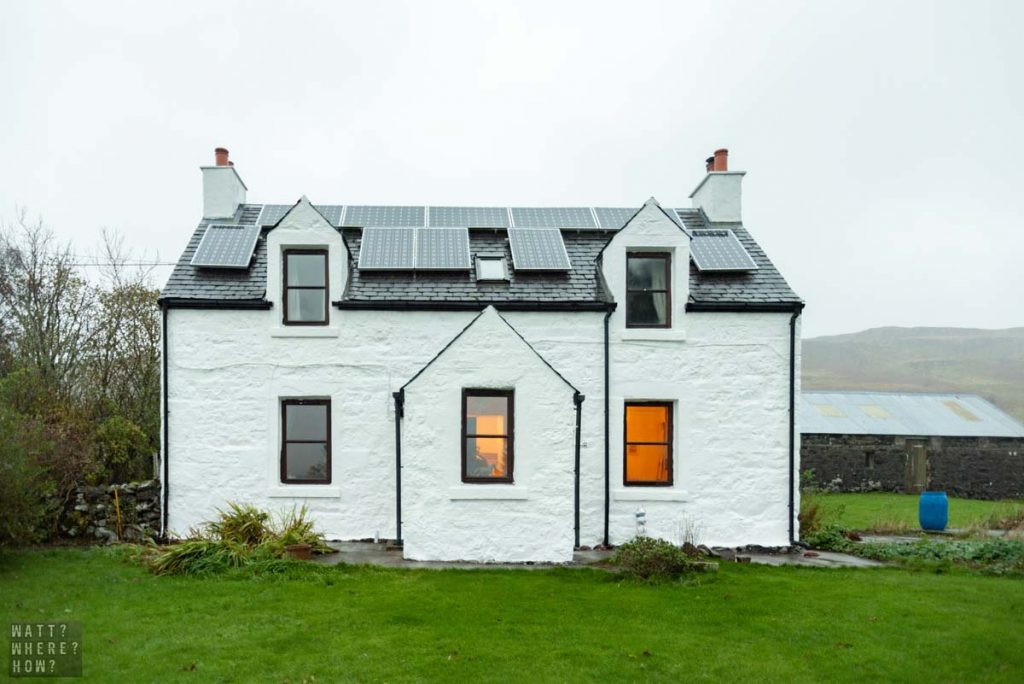
Where we stayed in Mull: High Lea Croft, near Bunessan
Passing through only one or two villages en route, we make it to our accommodations for the night, a croft (a traditional Scottish sheep farm). Here’s we’re greeted by a lovely lady named Minty (Arminta) who has the quaintest little cottage. There’s a raging fire in the sitting room, a fresh pot of tea waiting and she’s even put a hot water bottle into the bed.
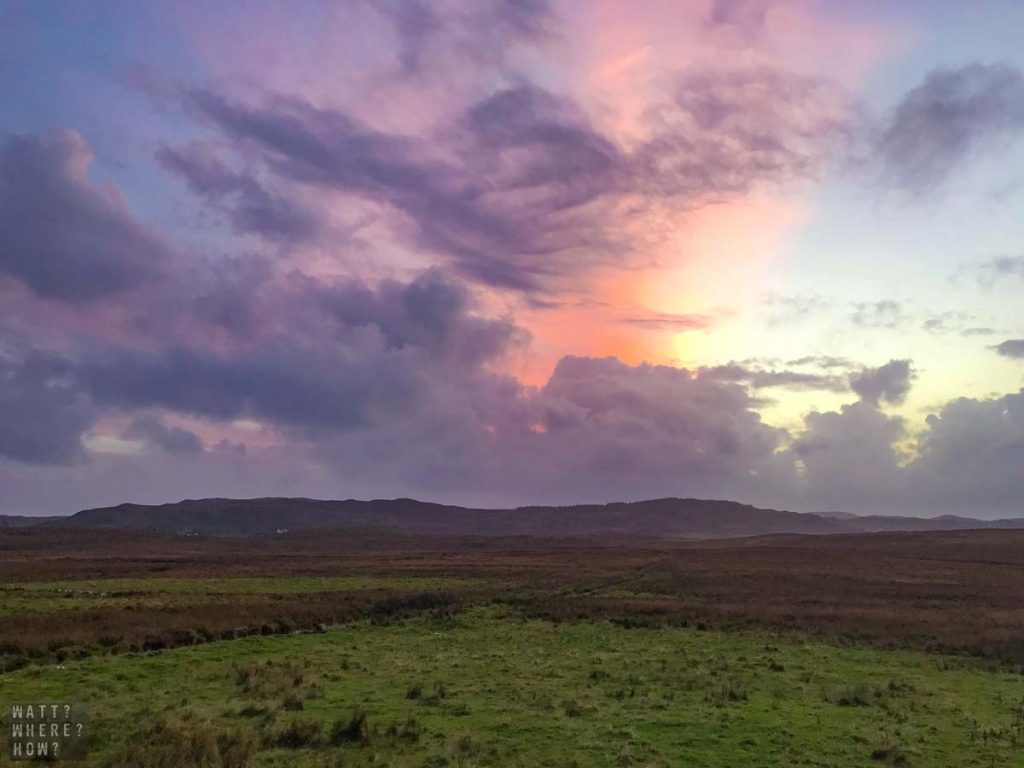
Bunessan
Dinner is spent down in the local village of Bunessan. It’s a tiny place (population: 300) and the only thing open after 6pm is the pub. The Argyle Arms is a cozy place with mismatched décor, an old blackened potbelly stove and about eight bar flies who offer friendly banter in their syrup-thick Scottish brogue. Glad to escape the cruel breeze coming off the Loch which is directly across the road, we tuck into traditional Scottish pub grub including fish n chips, steak pie, smoked salmon and sticky toffee pudding.
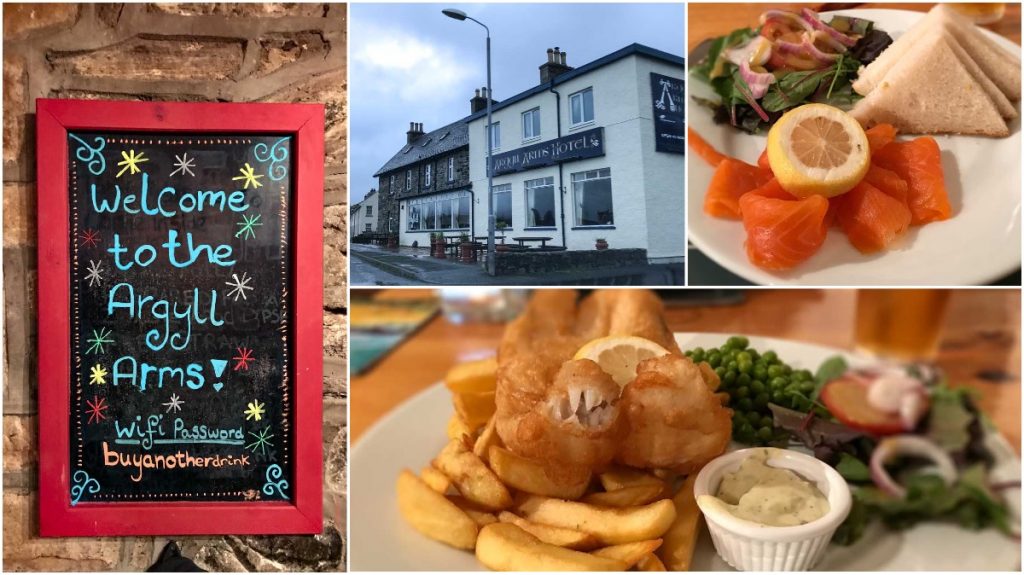
Up before sunrise, we have almost an hour’s drive to Fionnphort (pronounced Finn-a-fort) to board the ferry to Iona, one of the earliest Christian sites. We’re greeted downstairs by our host who has put on an impressive spread of fresh bacon, eggs, fruit, home made jam and coffee. Around the room are mementos of a colorful life and it’s a pleasant reminder of the different experiences you get staying at AirBNBs.
Fionnphort
Though it’s only twenty minutes to the ferry, the poor driving conditions make it a race against time as we speed through heavy rain squalls past sheep crofts and paddocks of cows. From time to time, we have to negotiate oncoming traffic, which takes precious minutes off the clock. We pull into the car park at Fionnphort and run towards the port. A group of local teens call out and say the ferry’s been cancelled due to poor weather.
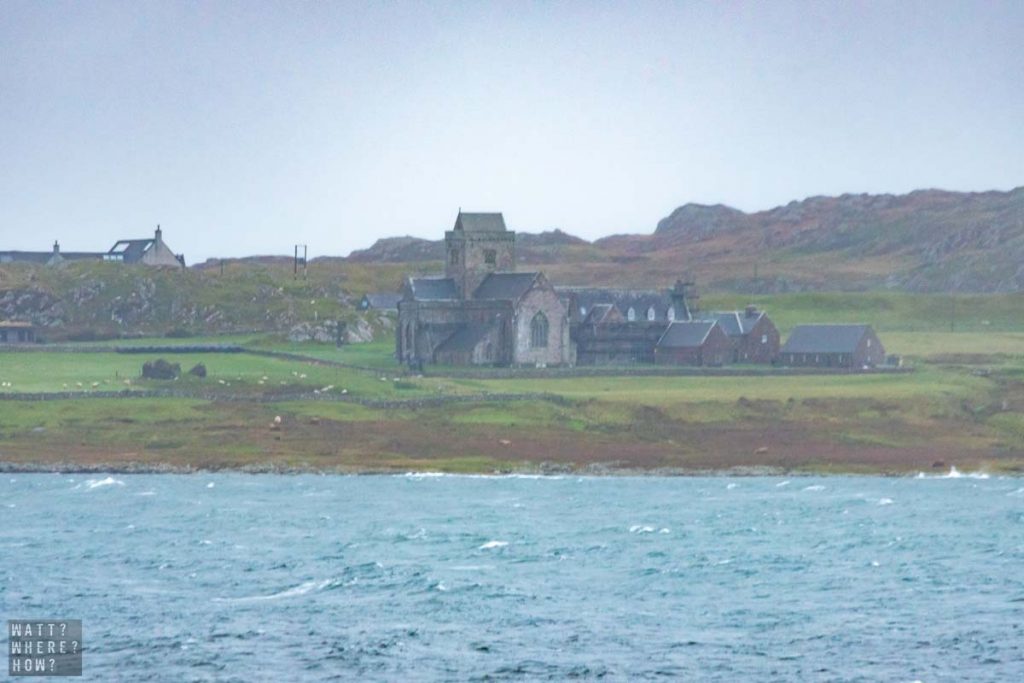
Through the curtains of torrential rain we can make out the ruins on Iona. It’s so close, but so far. There will be no boat today and no trip to Iona for Team Watt. As if nature feels it needs to compensate us, we are greeted by a whole of herd of hairy highland cows. They are gigantic, but gentle-natured and brush past the car, acknowledging us with snorts.
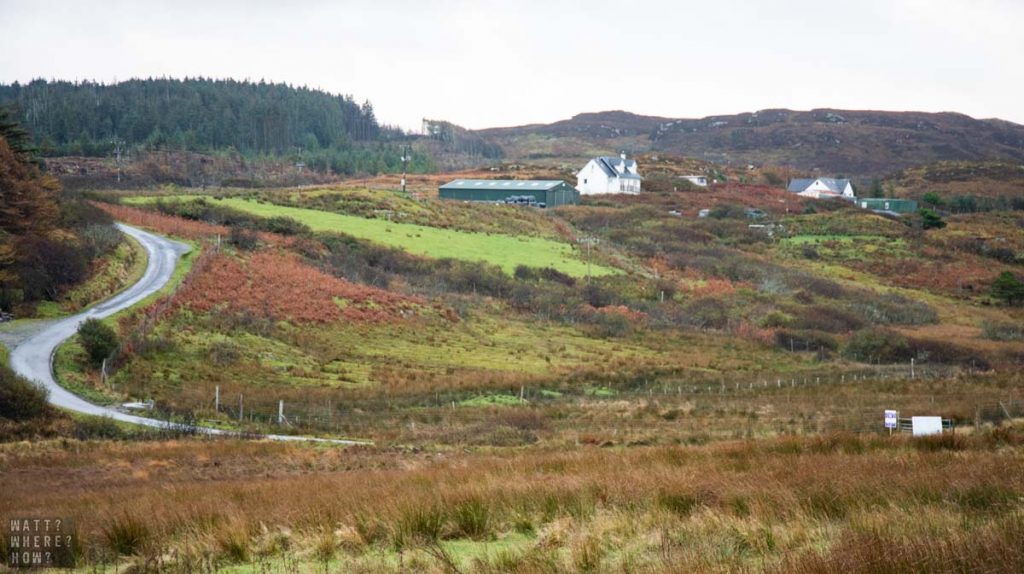
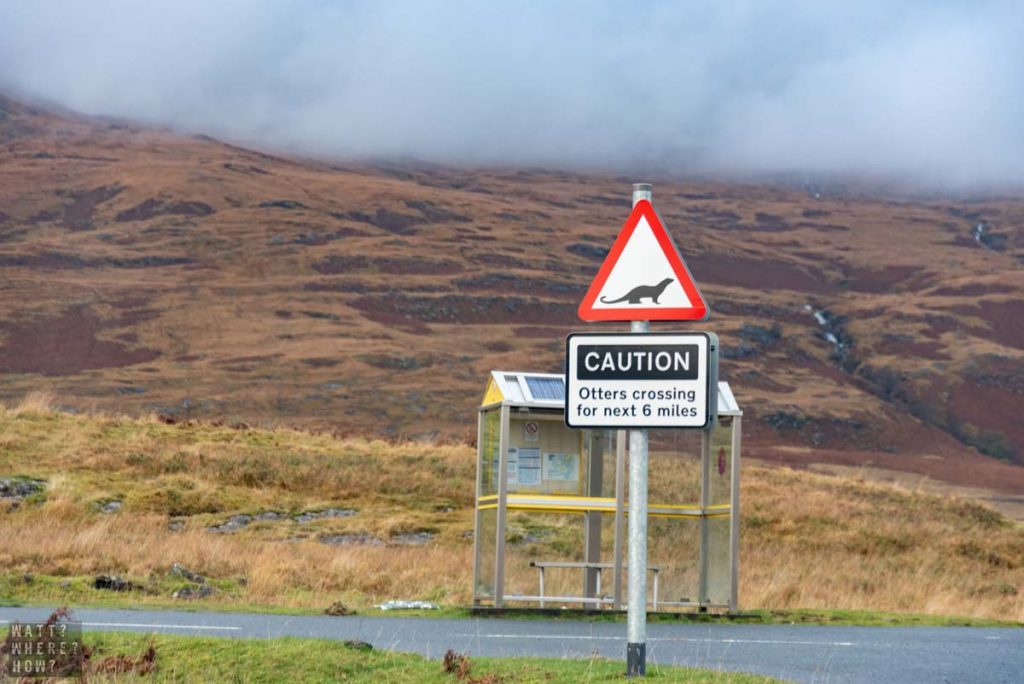
The Scenic Way
Left with four hours to explore the Isle of Mull, we choose to drive the scenic road back around the island. There’s not enough time to get all the way to Tobermory with its colorful houses. Instead, we drive back through Bunessan and turn off onto the scenic route. It all starts fairly innocuously. The road runs alongside a loch, passing rocky outcrops and bubbling burns (Scottish streams). We stop frequently to appreciate the splendor.
The road begins to climb and weave higher. At one point we’re gliding through logging country, the next we’re driving precariously along the sides of a cliff with no safety barrier, the ocean churning below. To make matters worse, we’re greeted by an oil tanker leading to a rather dramatic series of reverse maneuvers up a steep hill to get to the nearest passing bay. On the plus side, a little further along, a herd of sheep appear out of nowhere and frolic on and beside the road.
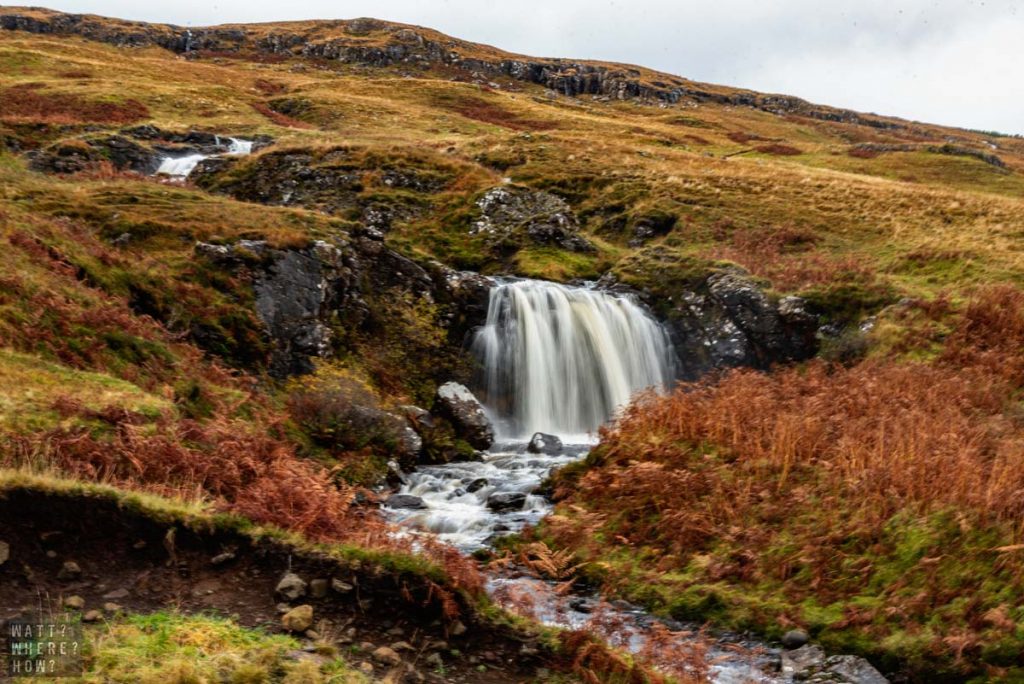
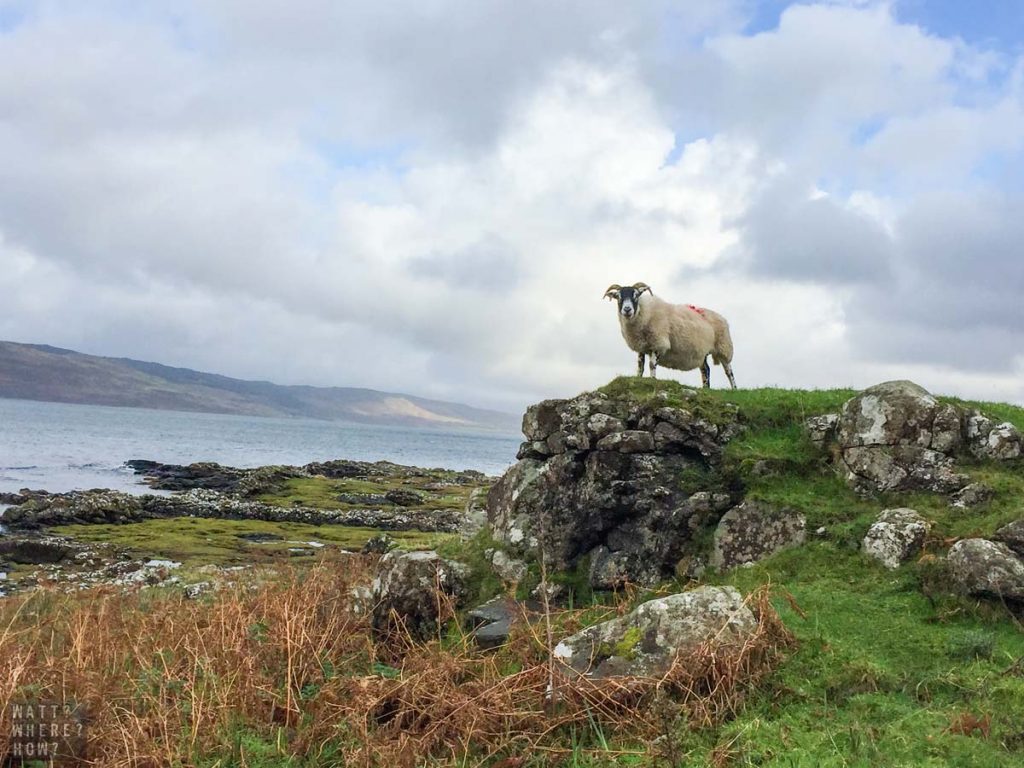
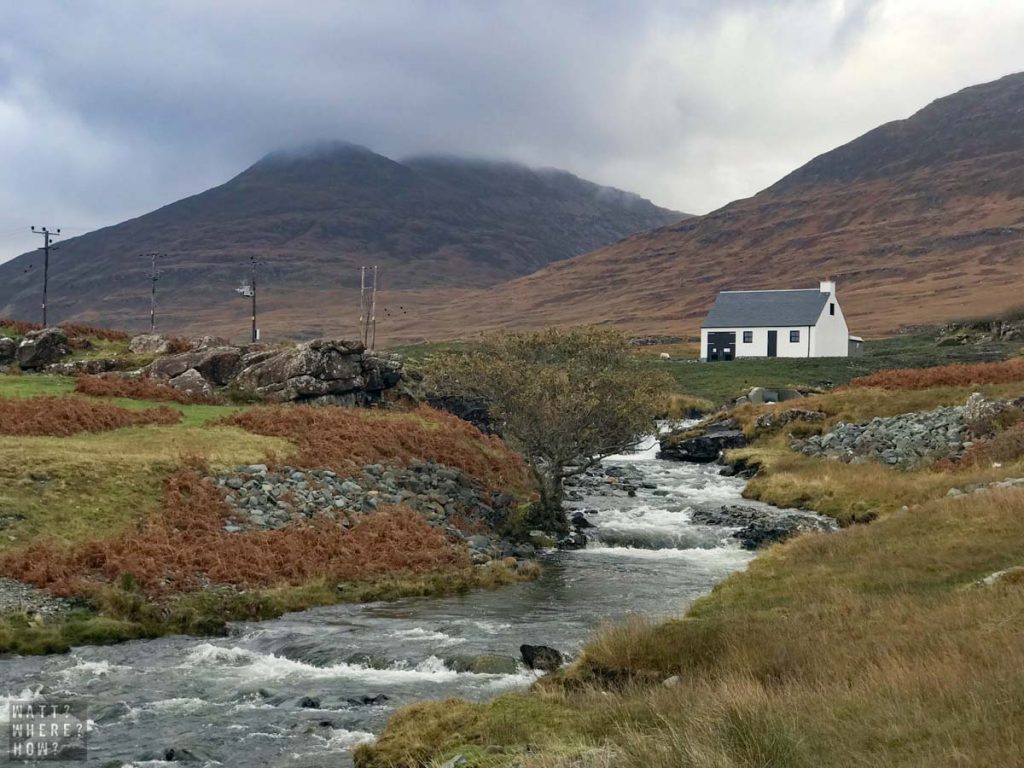
Salen
By the time we finally get back into civilization, we’re worn out. The drive, whilst stunning, has been quite intense. As we get closer to Salen, the landscape becomes akin to English country lanes, with a thick canopy of trees above and dry stone walls. A tea room is a welcome sight as we haven’t eaten in hours and haven’t seen a shop in three. The locals offer a warm smile and tell us about a ruined medieval chapel nearby.
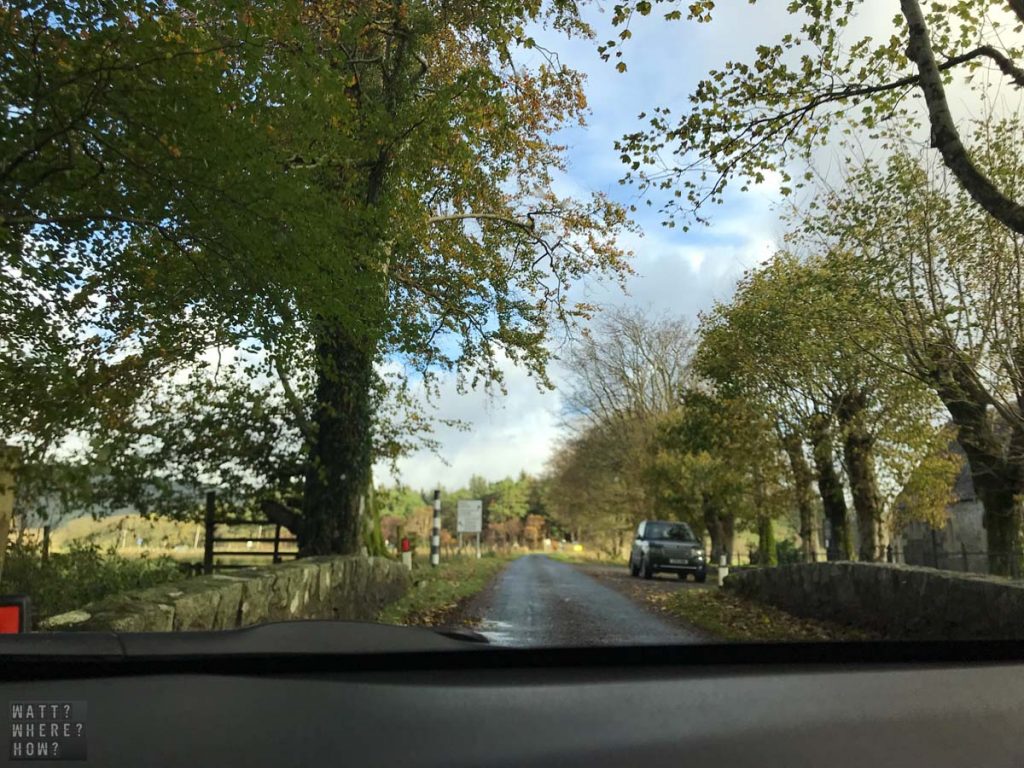
Pennygowen
Just outside Salen, in the local cemetery stands the ruined structure, Pennygown Chapel. It dates back to the 1200s, though not much is known about its origins. Accessed by rotted stone steps covered in thick gorse, our bushwhacking is rewarded with access to a lichen-covered ruin. Inside, the floor is a carpet of thick moss, with ancient weathered gravestones jutting out at places.
In the center of the room is the base of a celtic cross that apparently dates back to between 1500 and 1560. As is the style of the time and region, the lower portion represents a Hebridean ship with raised sterm and tall mast. The upper part has ornate leaves carved into the stone, while on the reverse you can make out the shape of a Madonna and child. It’s very peaceful and one can imagine early monks coming here for quiet contemplation and to escape the cruel winds blowing off the sea.
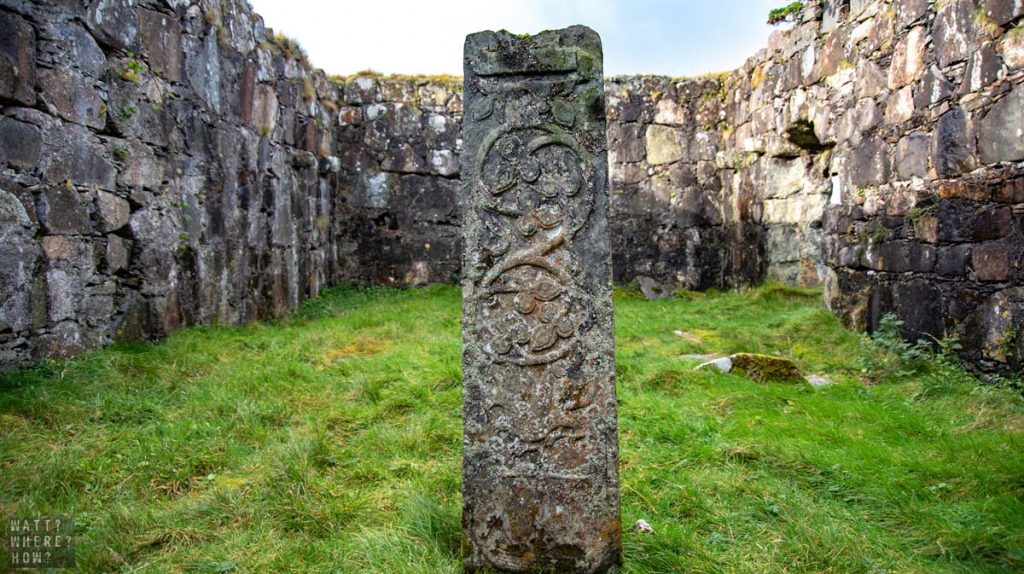
From Pennygown to Craignure, the road expands to Mull’s only two-lane route. It’s a welcome change. Overall, driving the Isle of Mull takes much longer than you will ever anticipate. The single lanes, twists and turns, mountainous terrain and passing bays make the island seem larger than it appears on the map. Even map apps are not entirely accurate, assuming you get mobile coverage in that area. But these things can also be benefits too.
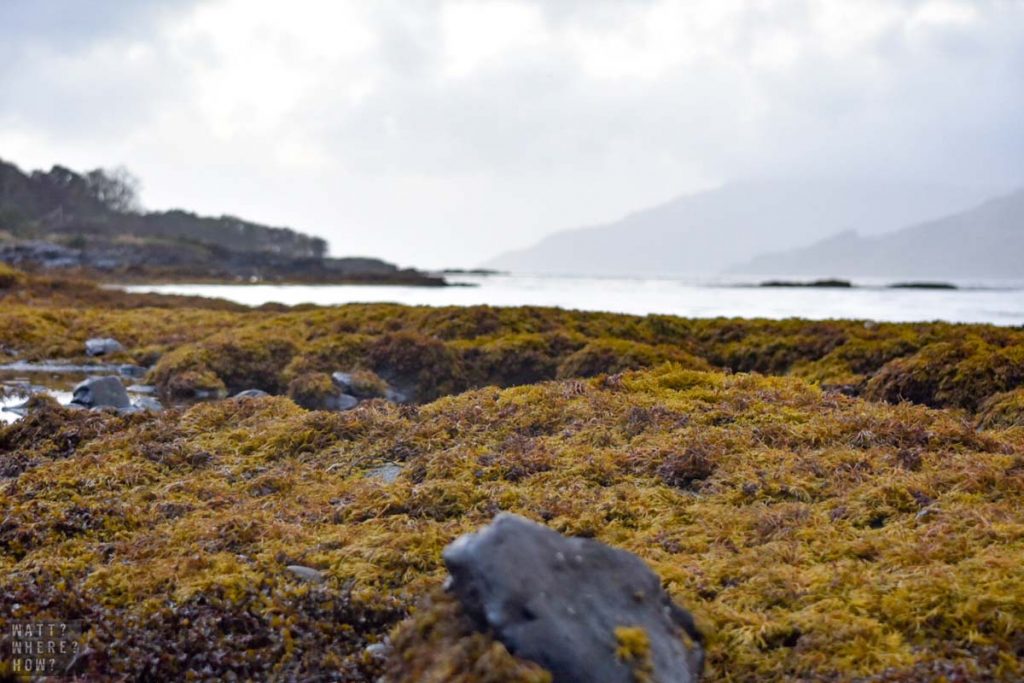
Something to Mull over
Getting away from society, having no mobile reception, not seeing other cars and becoming fully immersed in a place’s beauty is therapeutic and rain or shine (you will get both minutes apart, we promise) it is well worth the trip. If we were to do it again, we would devote at least another day to decompress and get into island time.
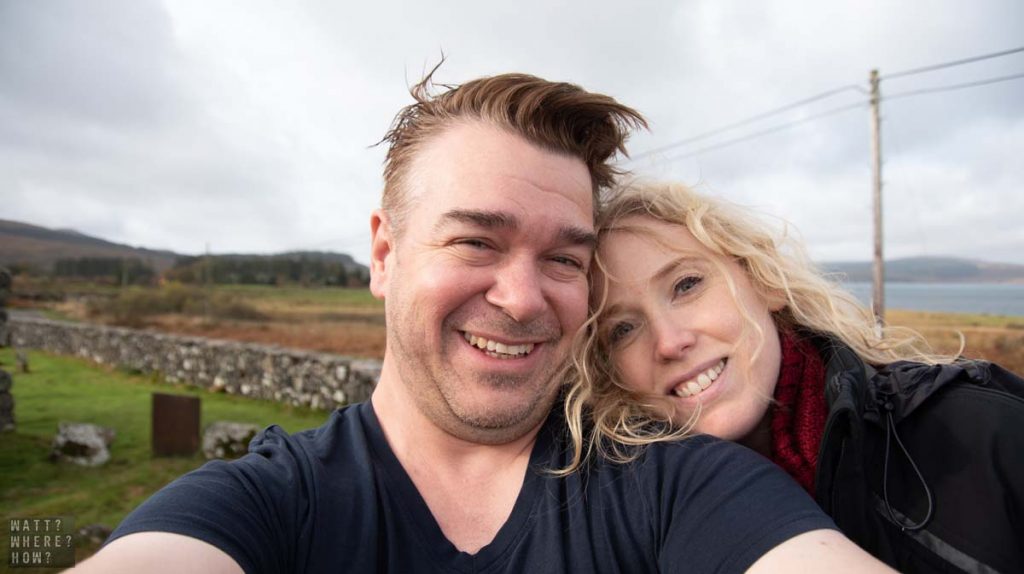
There is so much natural beauty to experience, from the stags that grazed on the sides of the road and hillsides to the otter that we almost glanced in the car – we’ve never seen an animal look so terrified or run so fast – it was almost comical (though we are very glad we didn’t hit such a beautiful animal). Maybe next time we take the ferry to Mull from Oban, we will get to Iona, Fingal’s Cave on the Isle of Staffa and Tobermory. You know a place is special when you’re already planning your next itinerary.
Like it? We’d love you to pin and share it:

WHAT?
The Isle of Mull is a barren Scottish island with beautiful landscapes, sheep farms and quality seafood.
WHERE?
The Isle of Mull is situated on the west coast of Scotland, just across Loch Linnhe. Take the ferry to Mull from Oban Ferry Terminal in the centre of town.
HOW?
Calmac runs vehicular ferries from Oban and Kilchoan to Mull.
Follow & Connect with us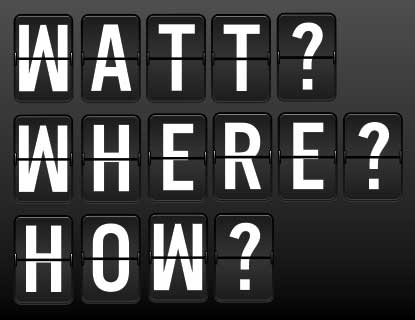


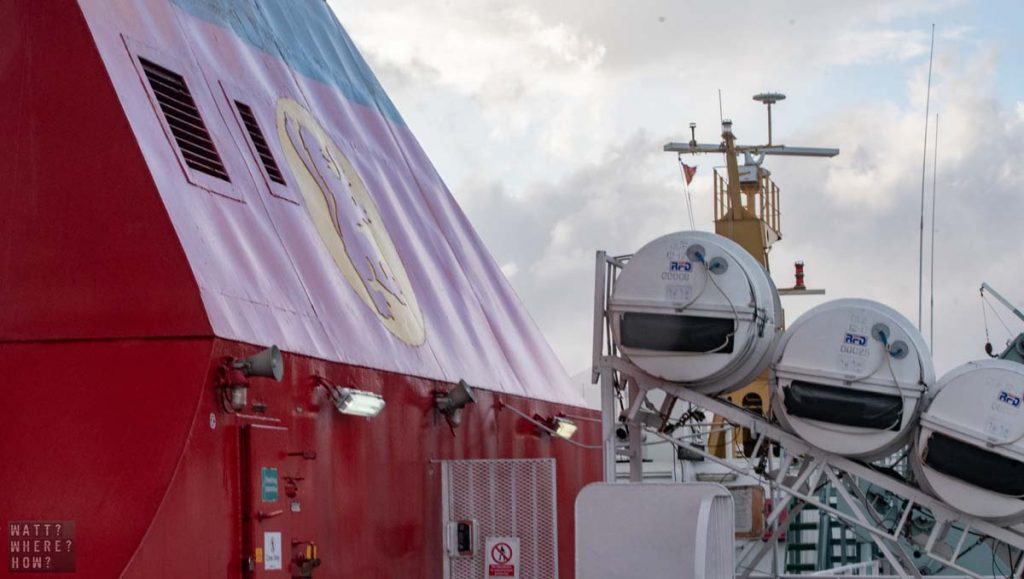
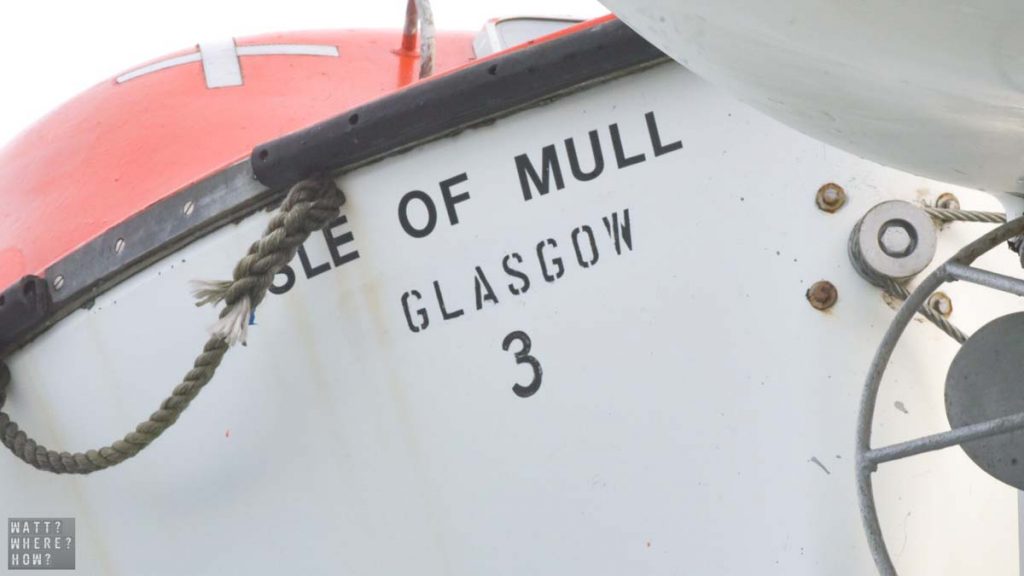
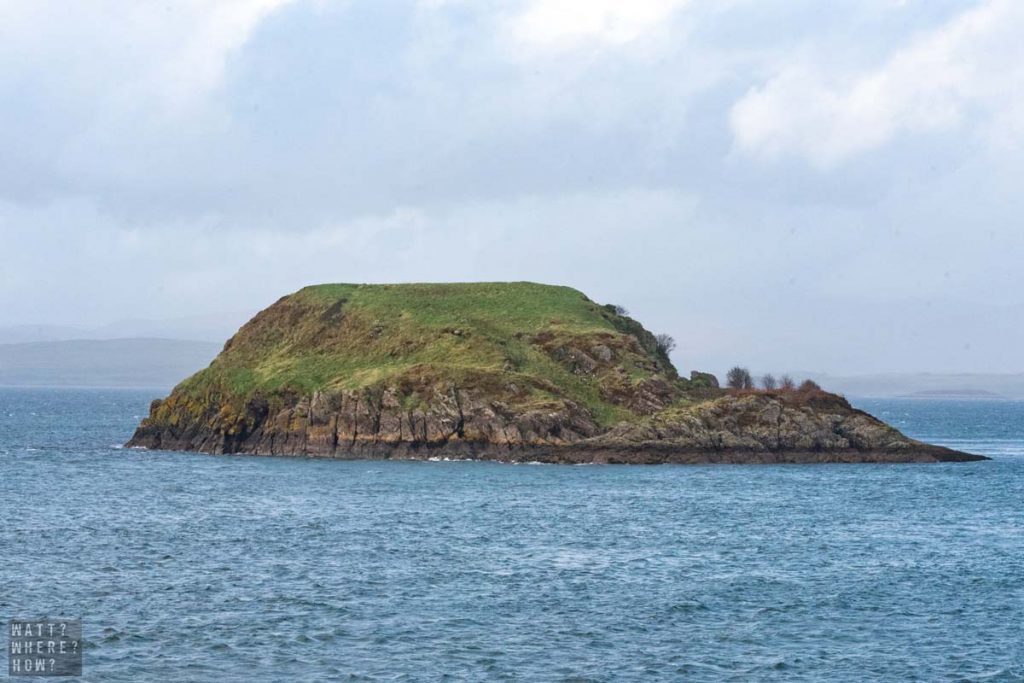
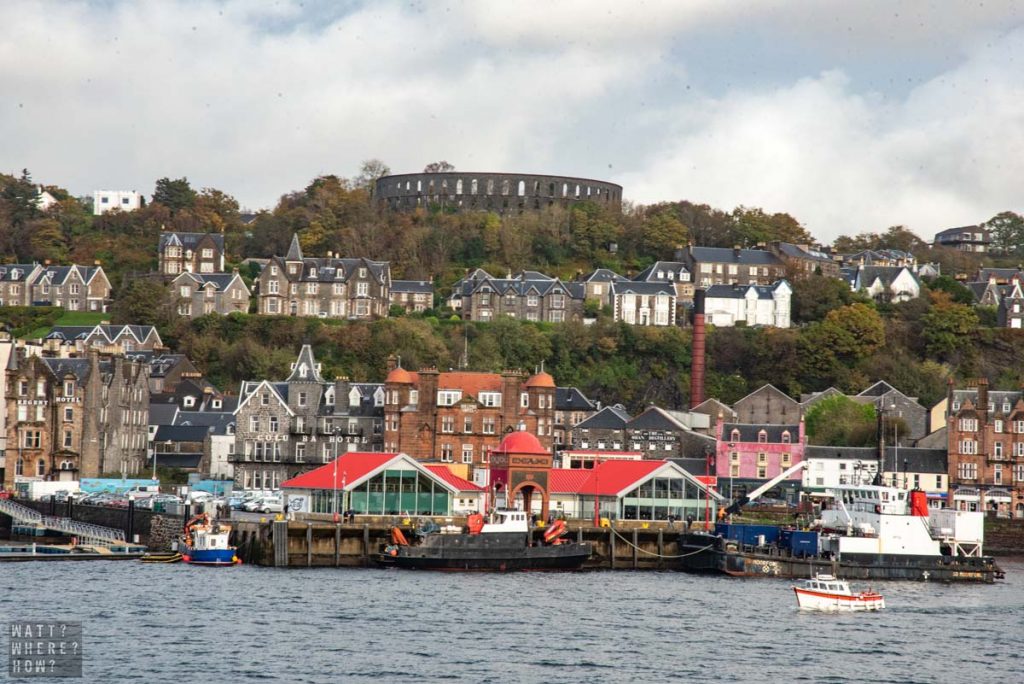
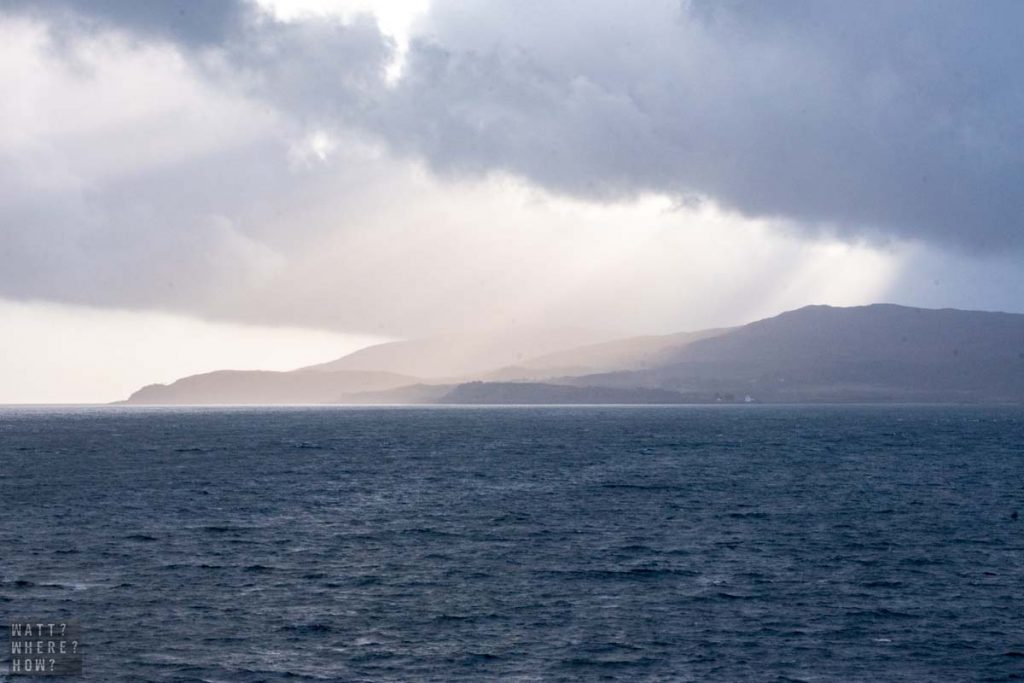
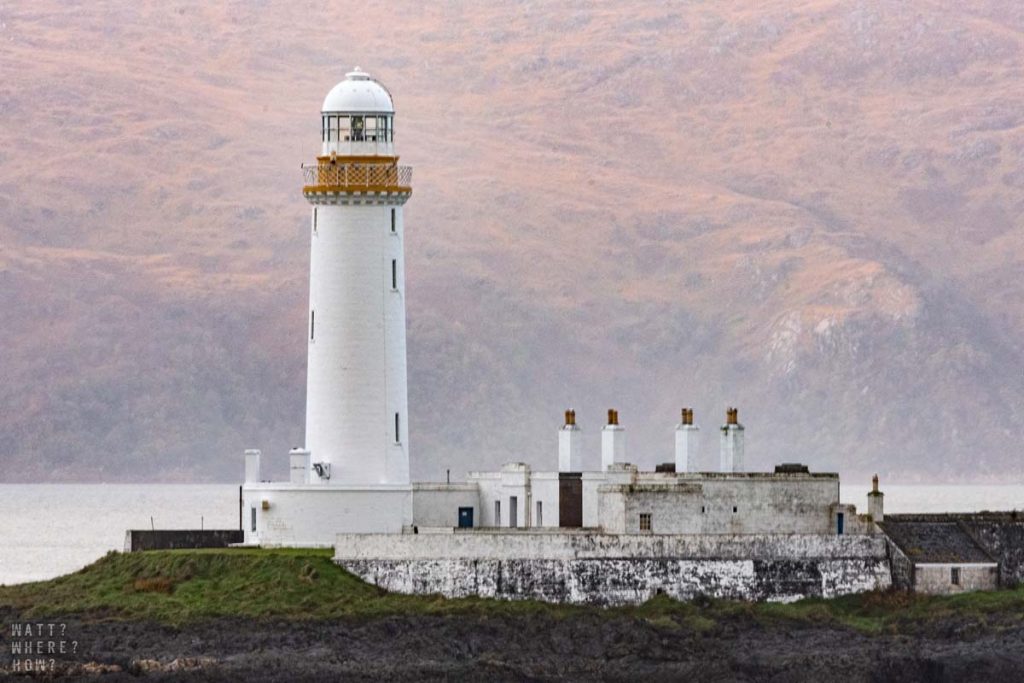
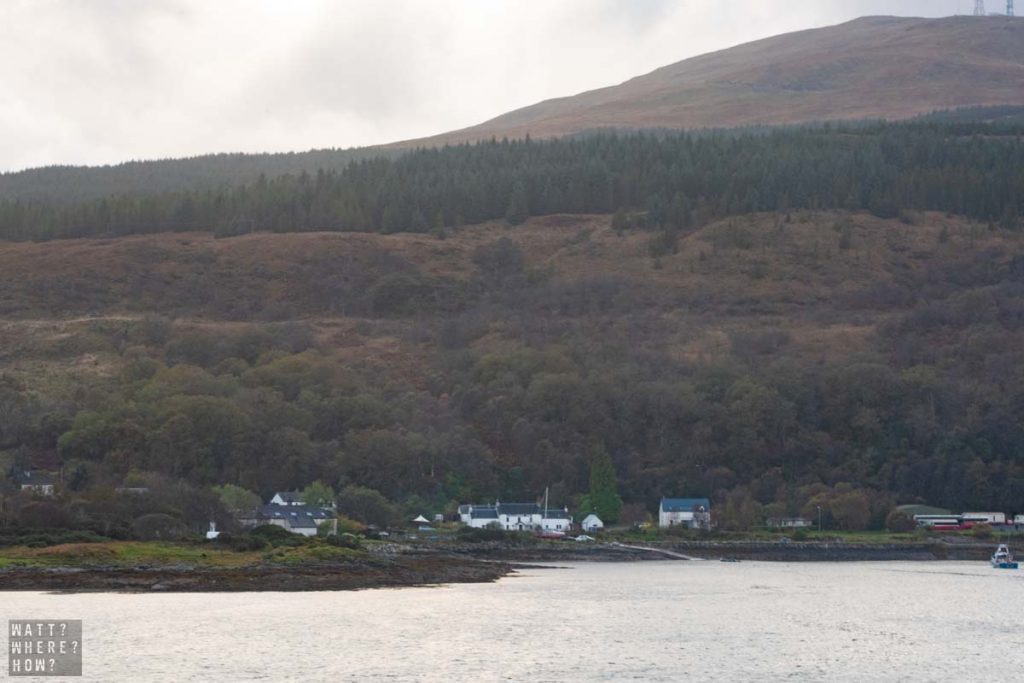
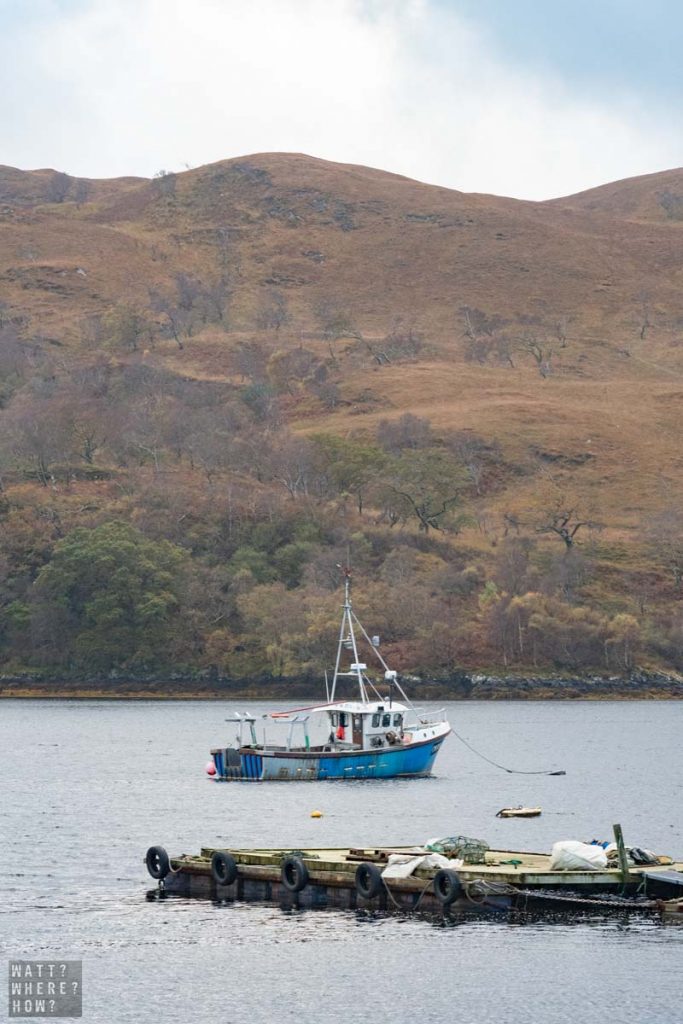
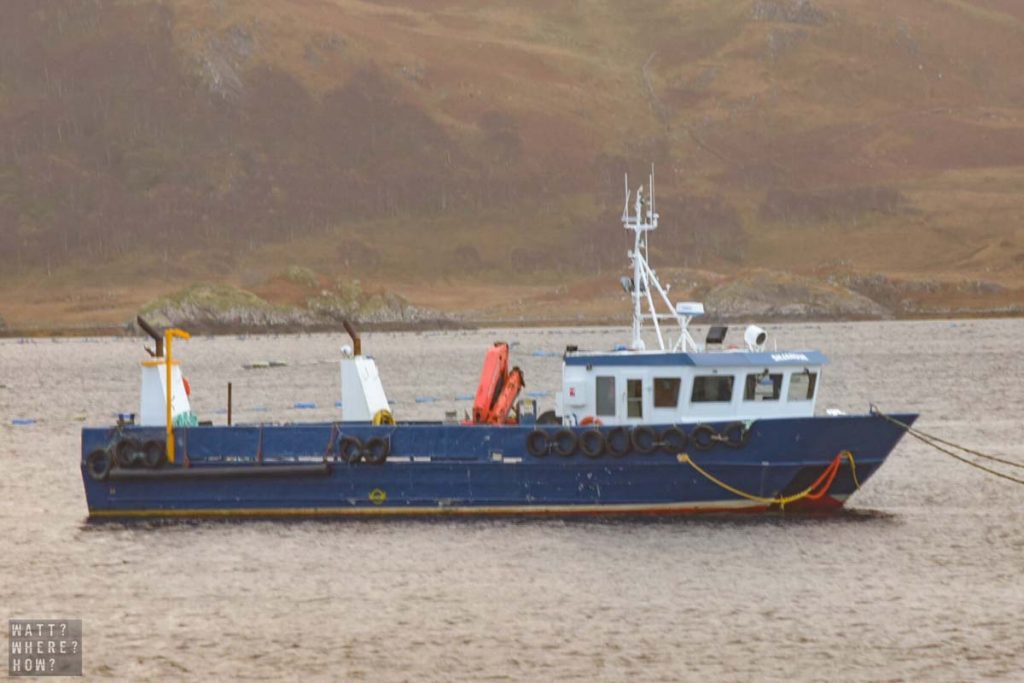
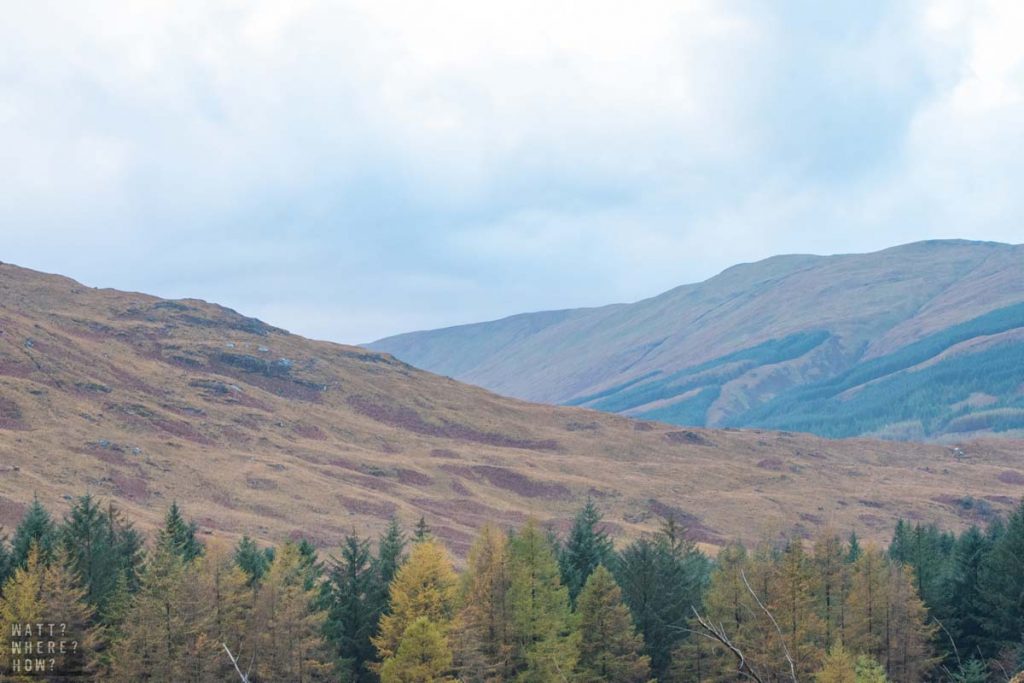
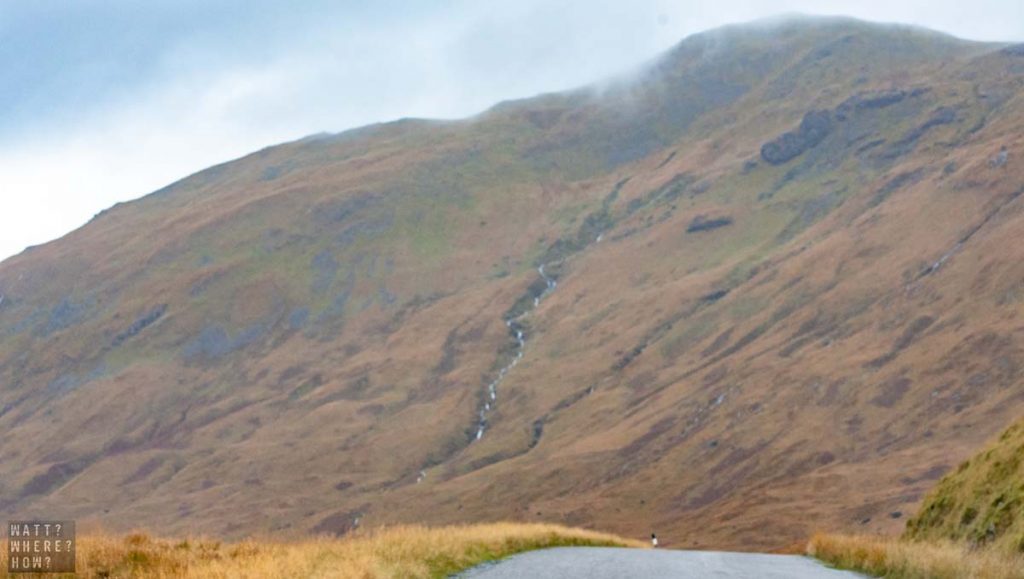
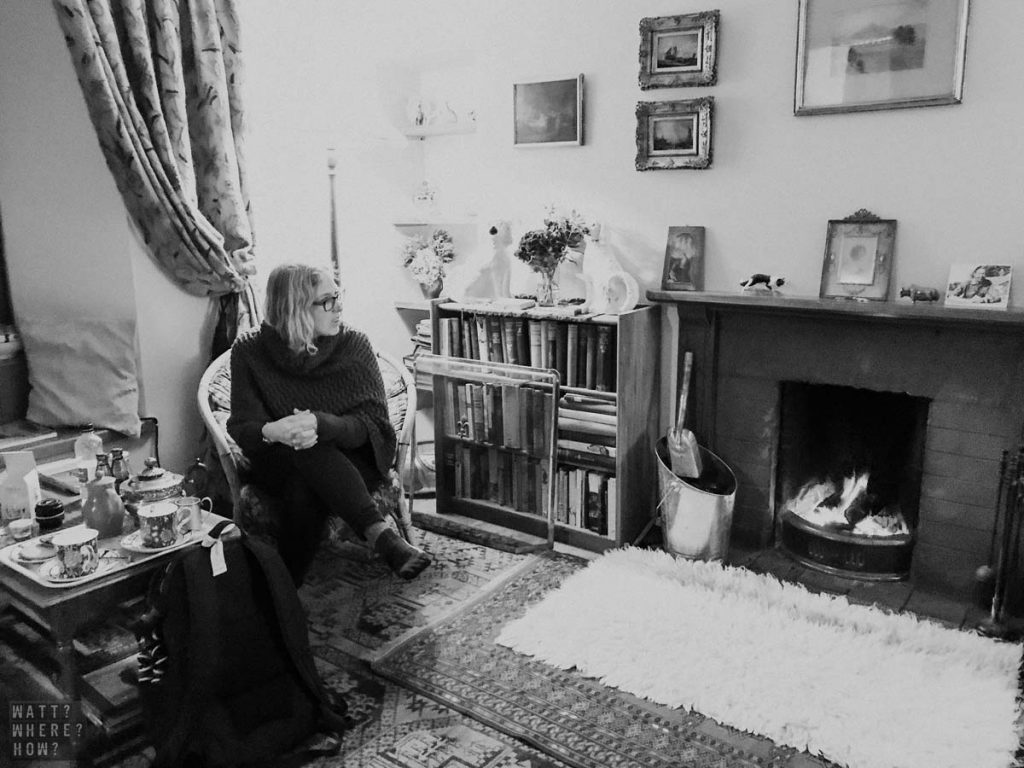
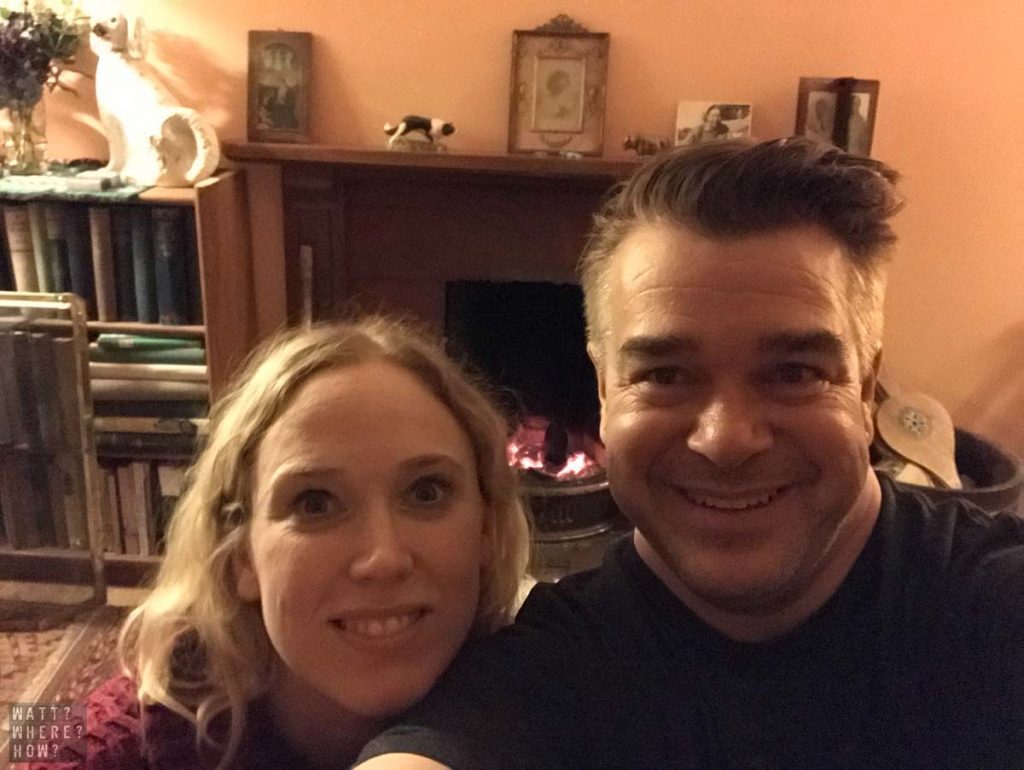
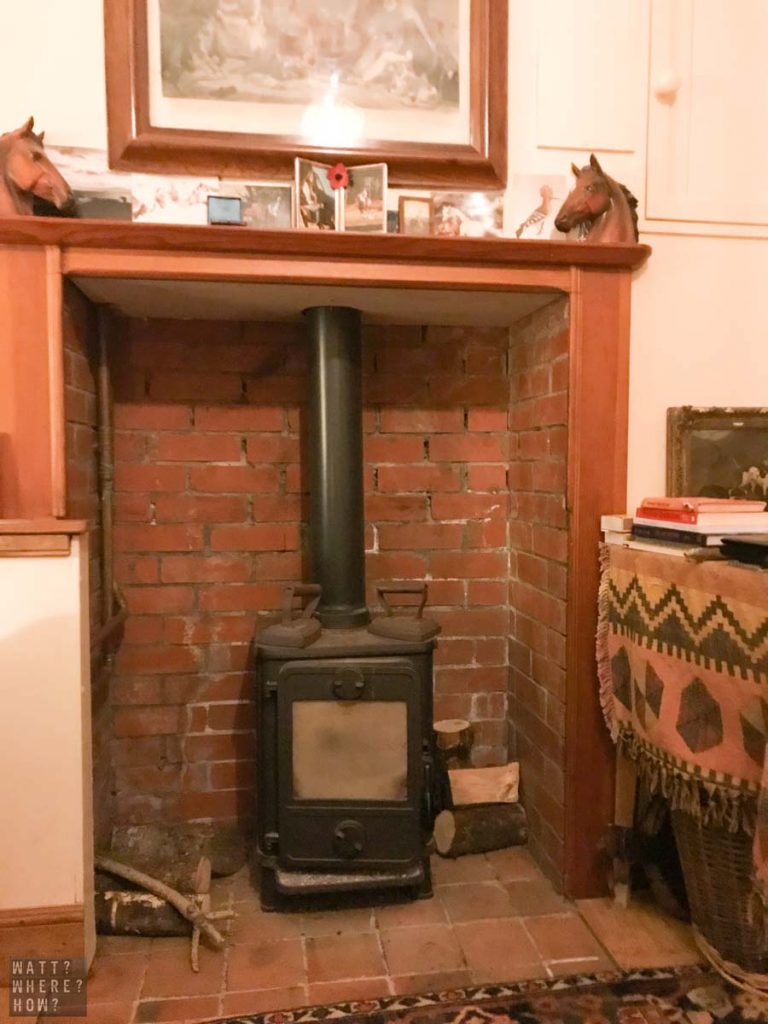
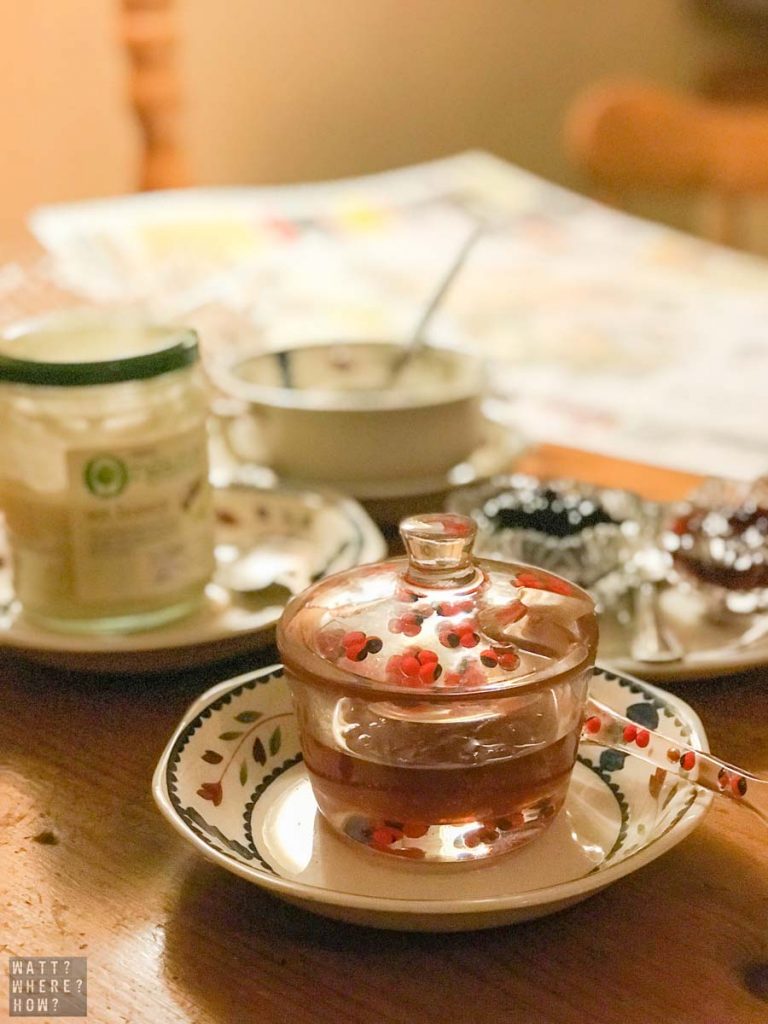
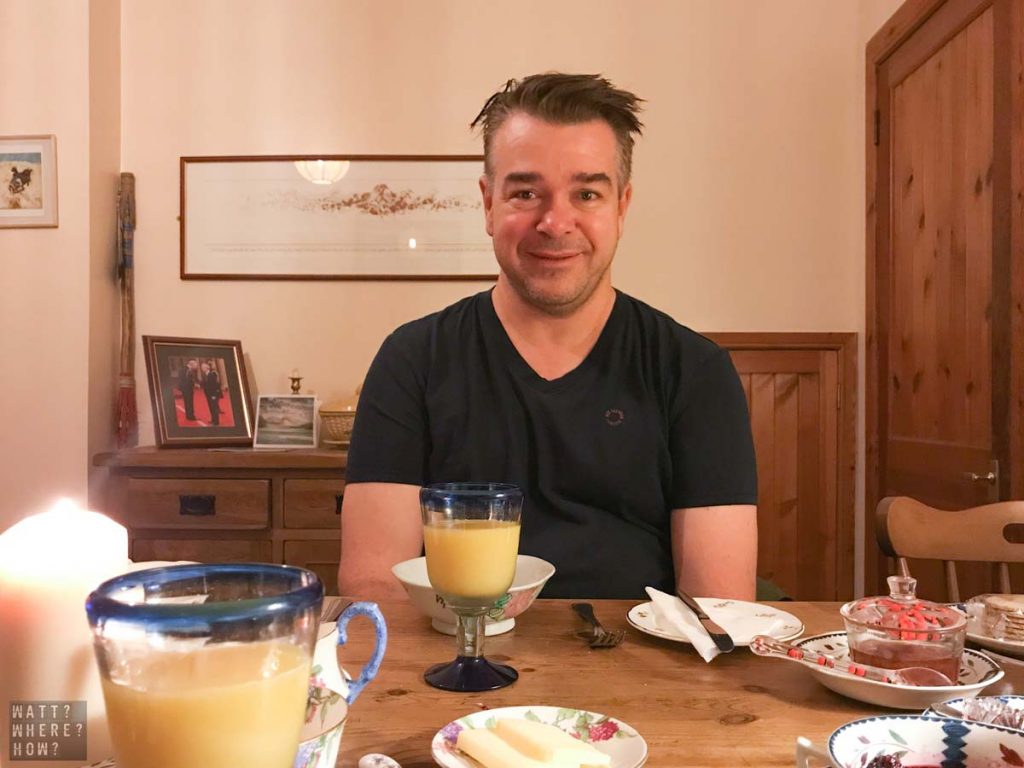
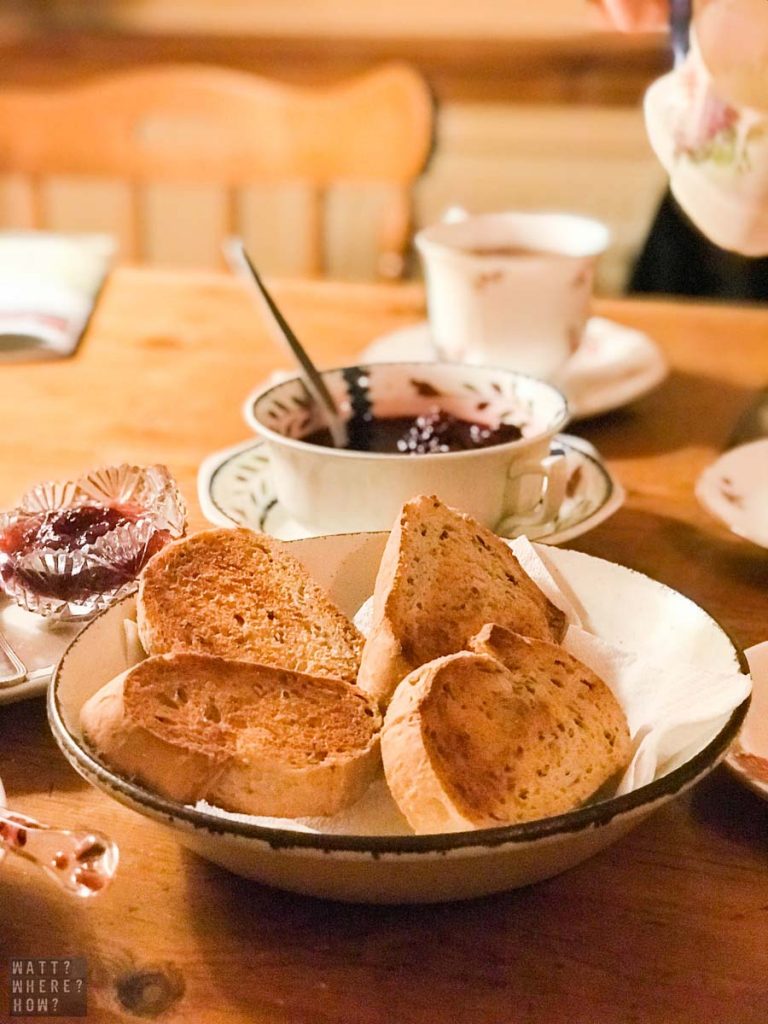
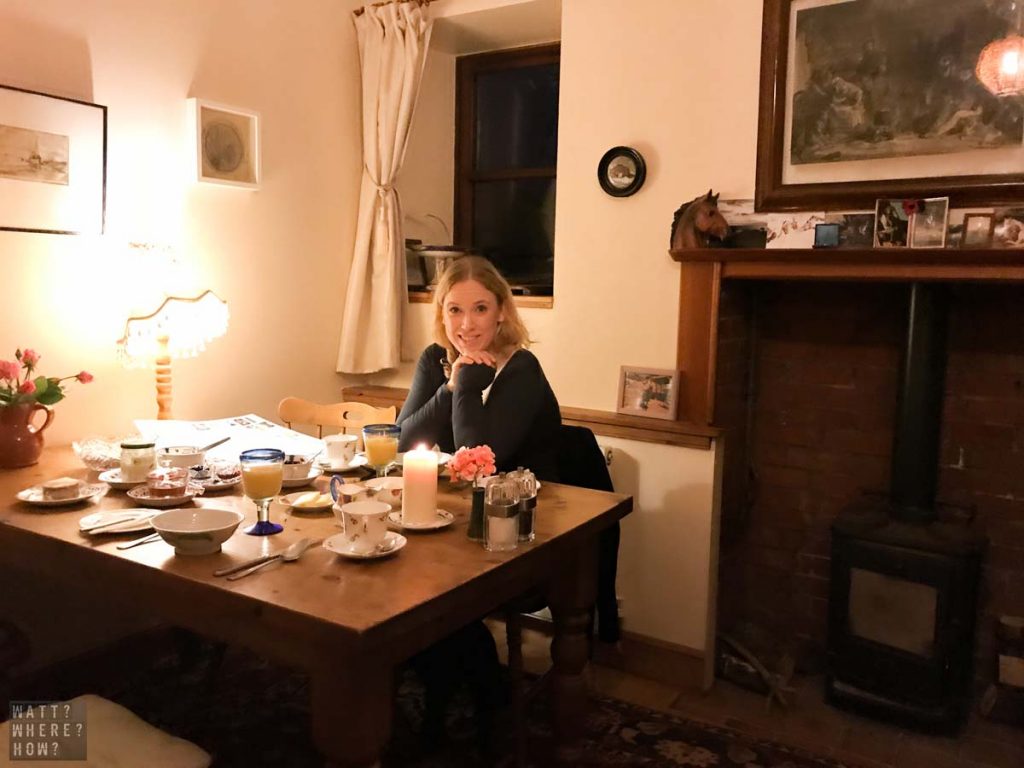
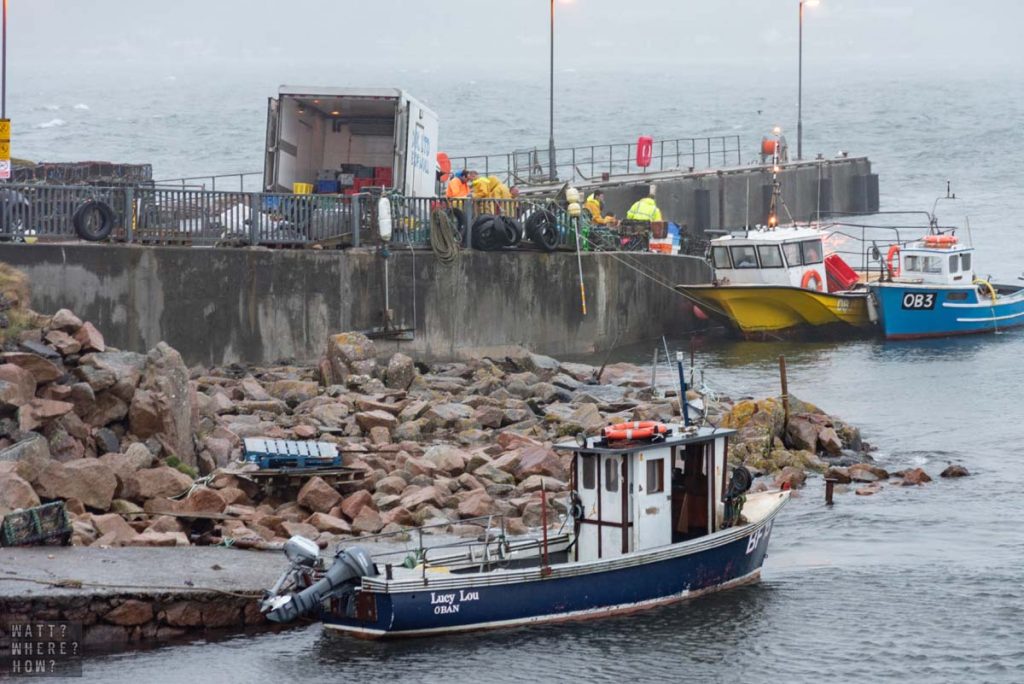
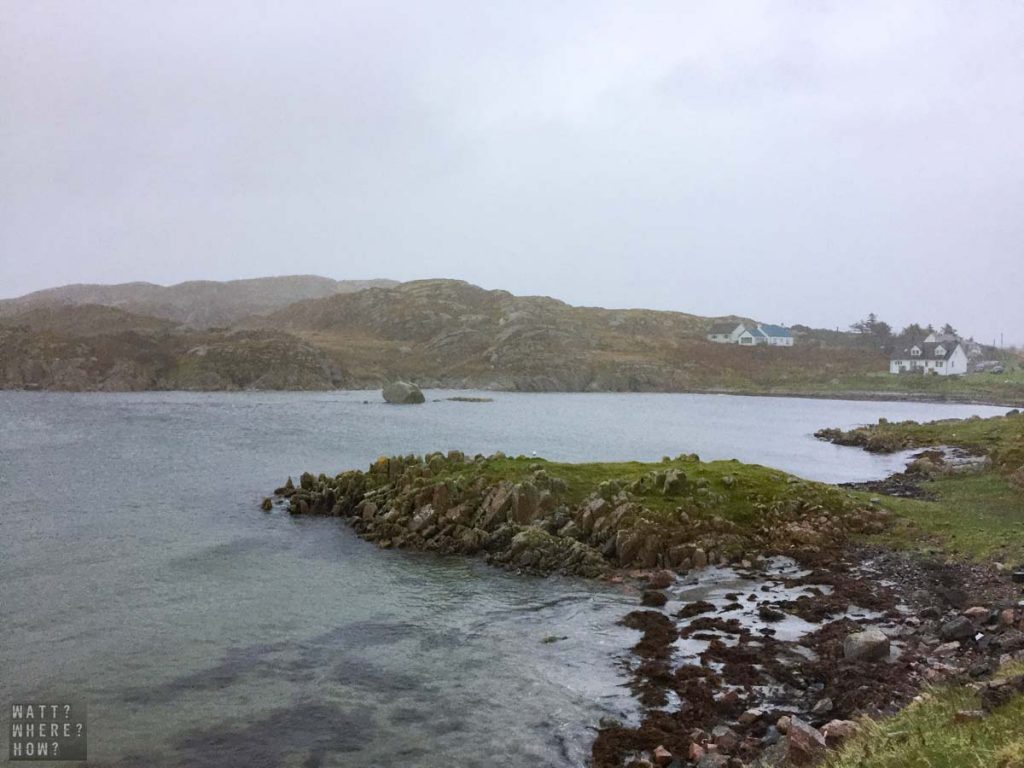
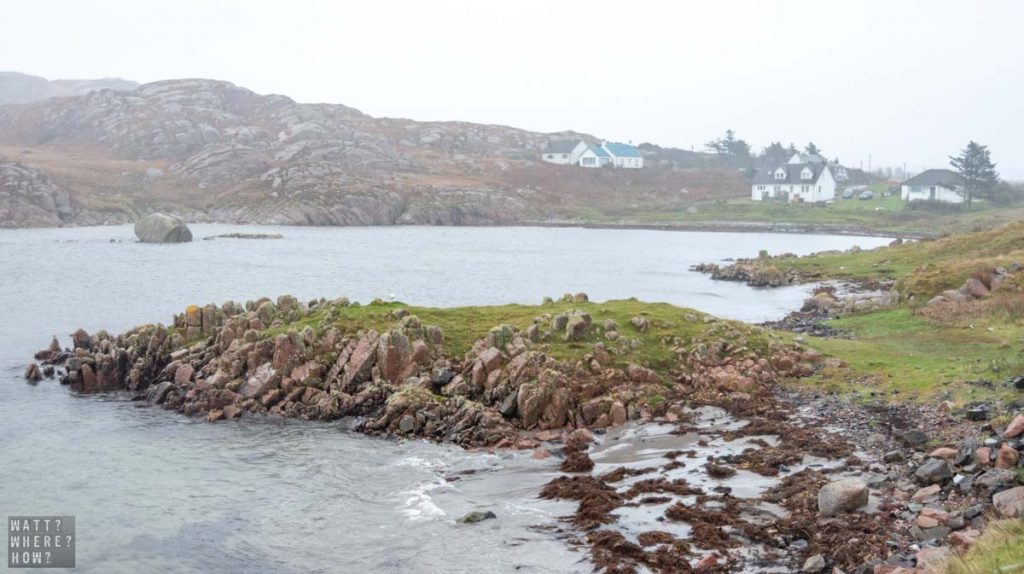
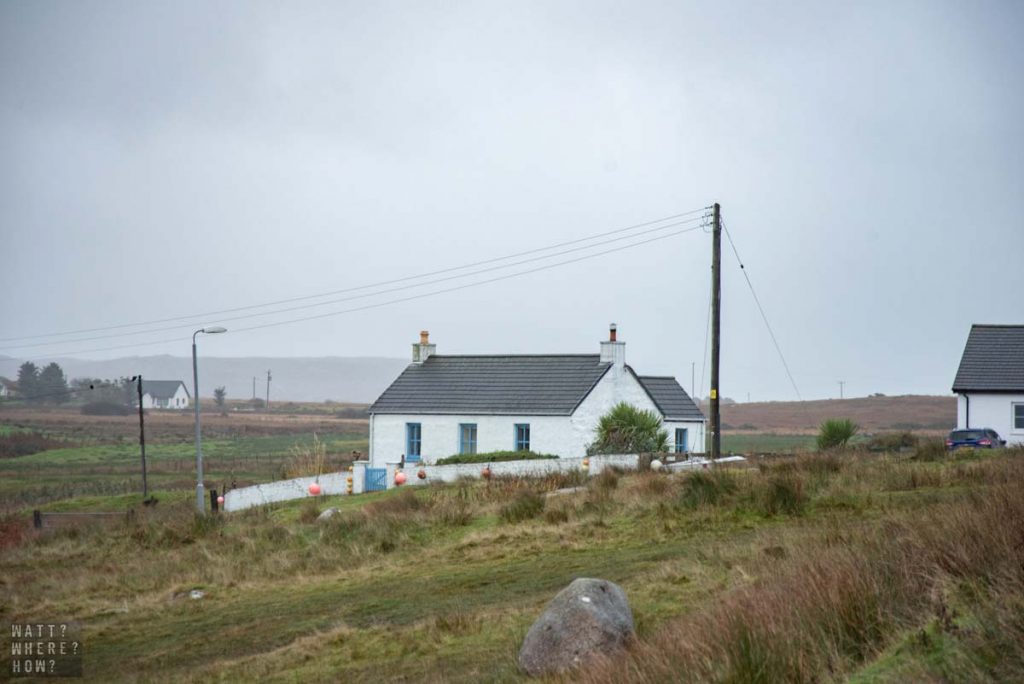
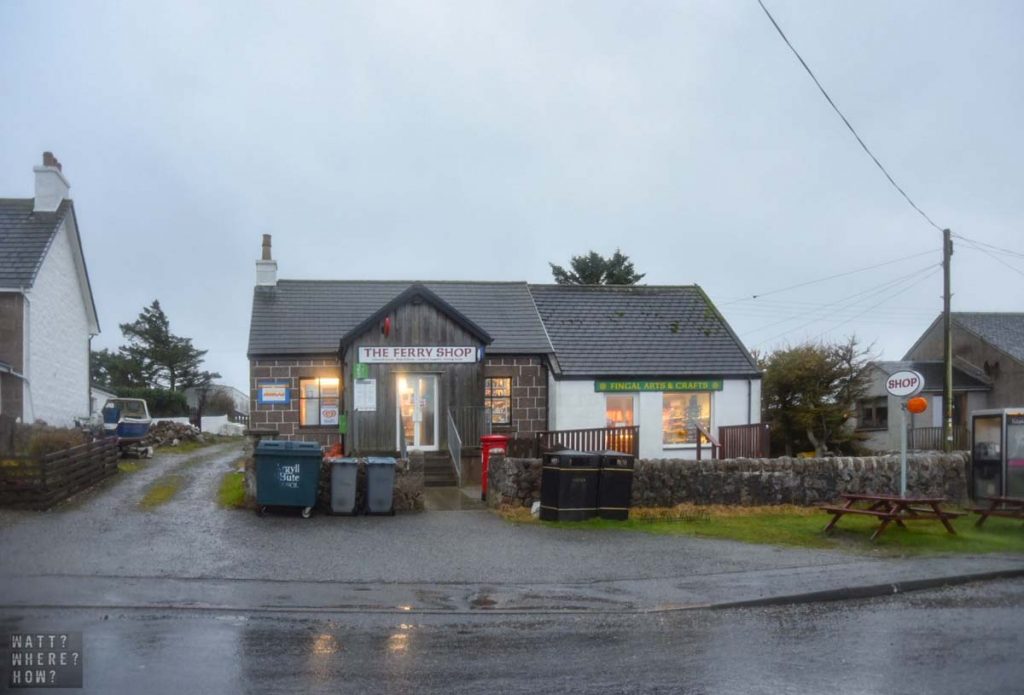
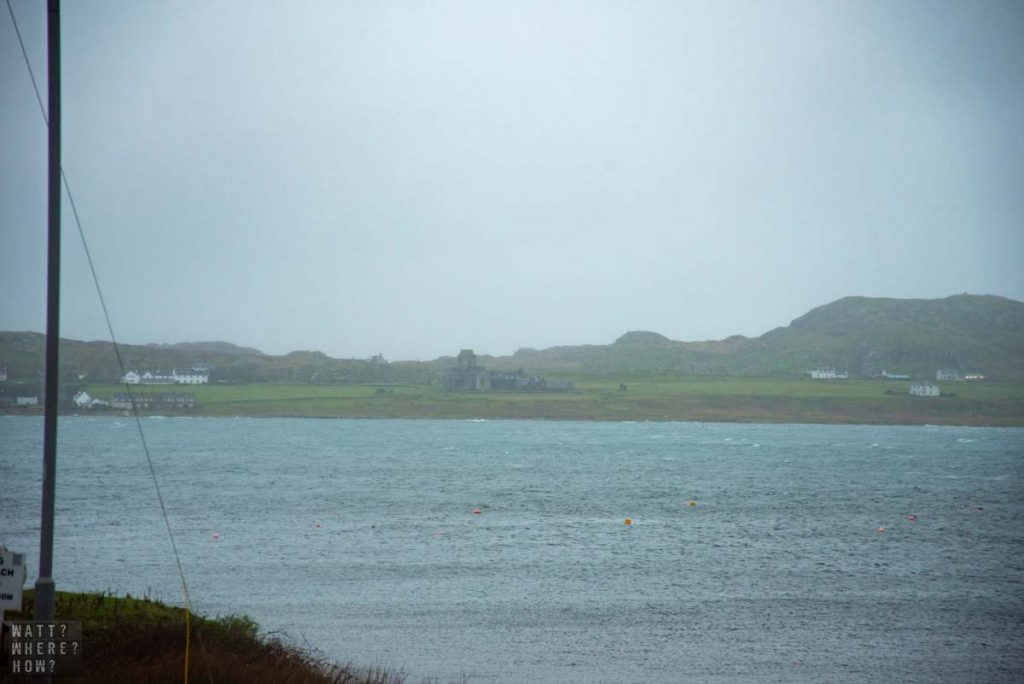
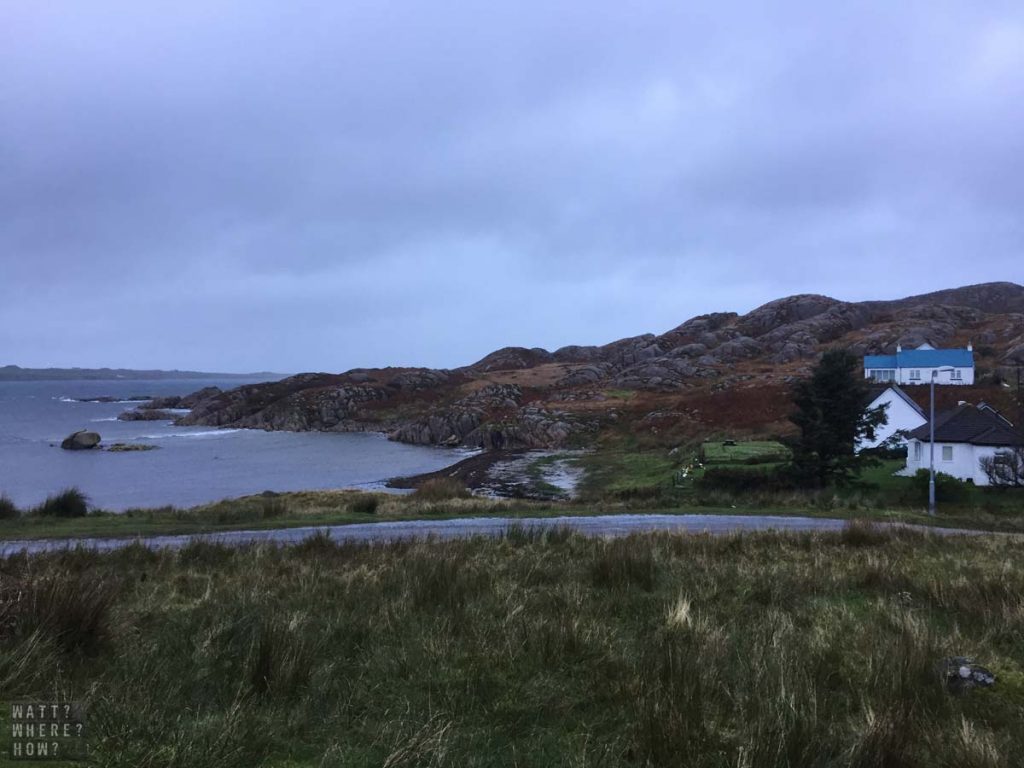
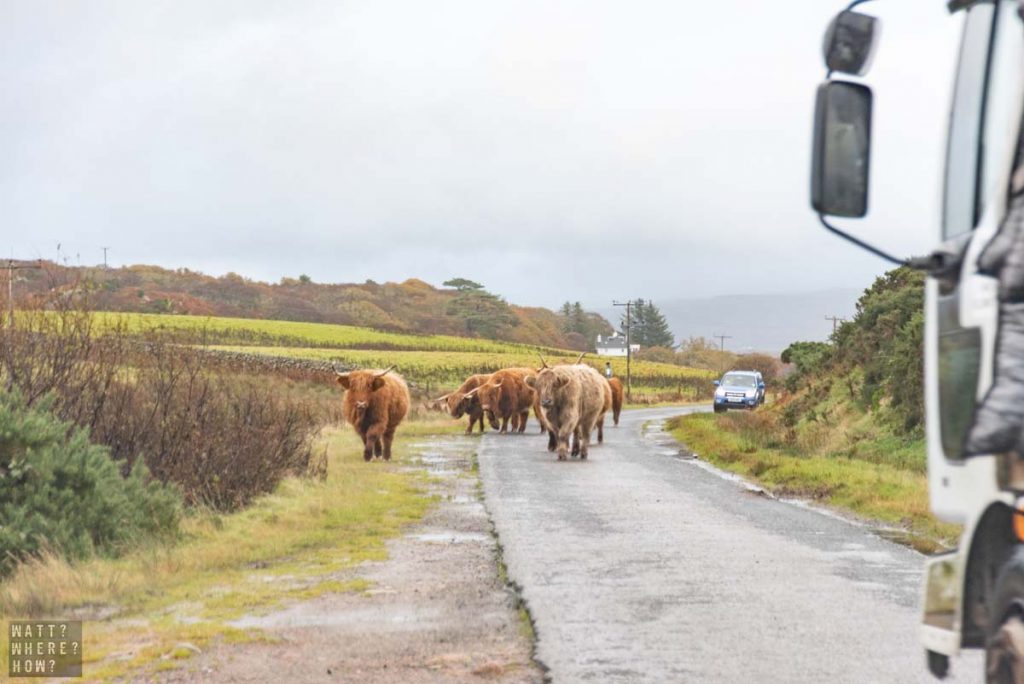
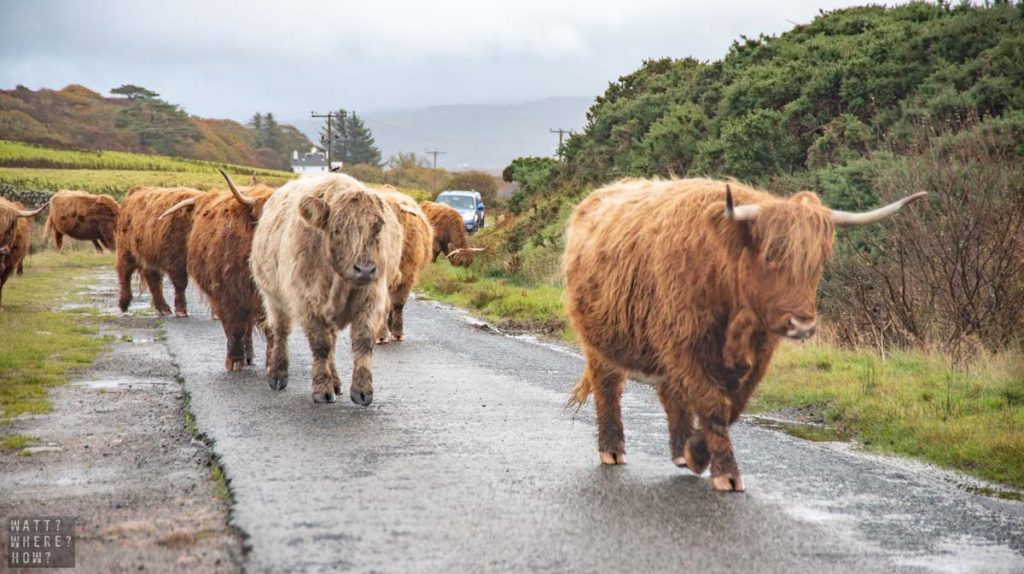
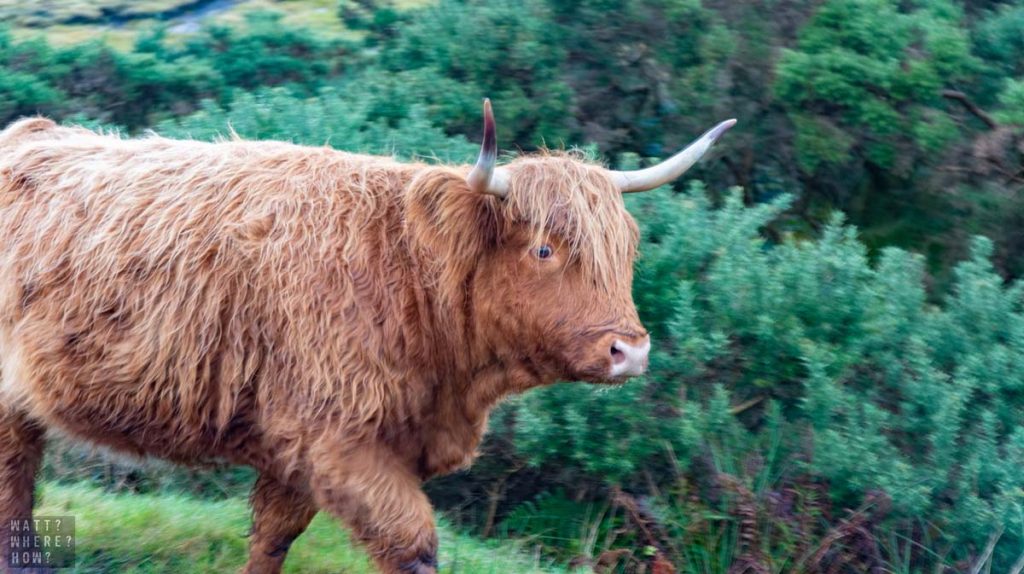
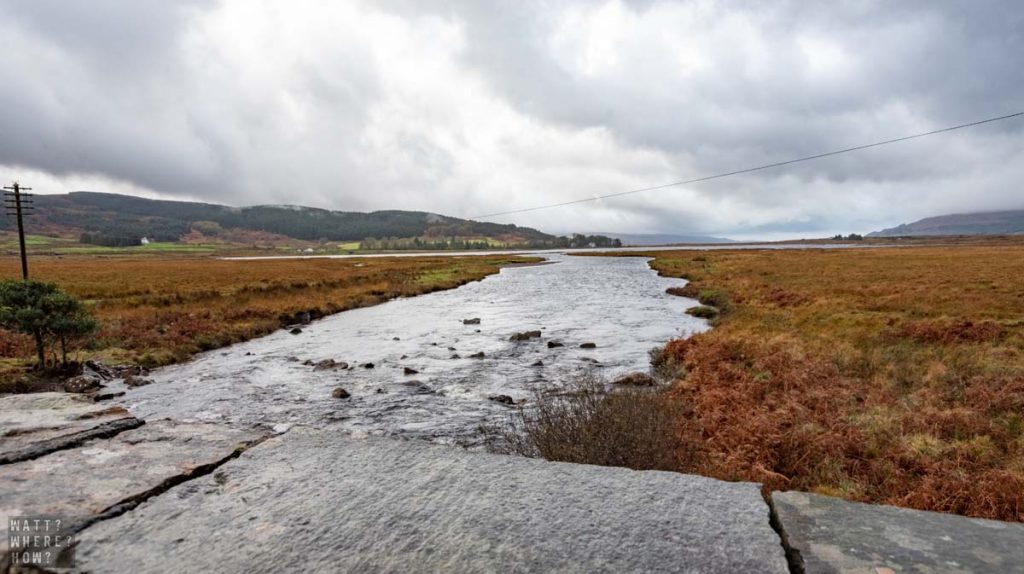
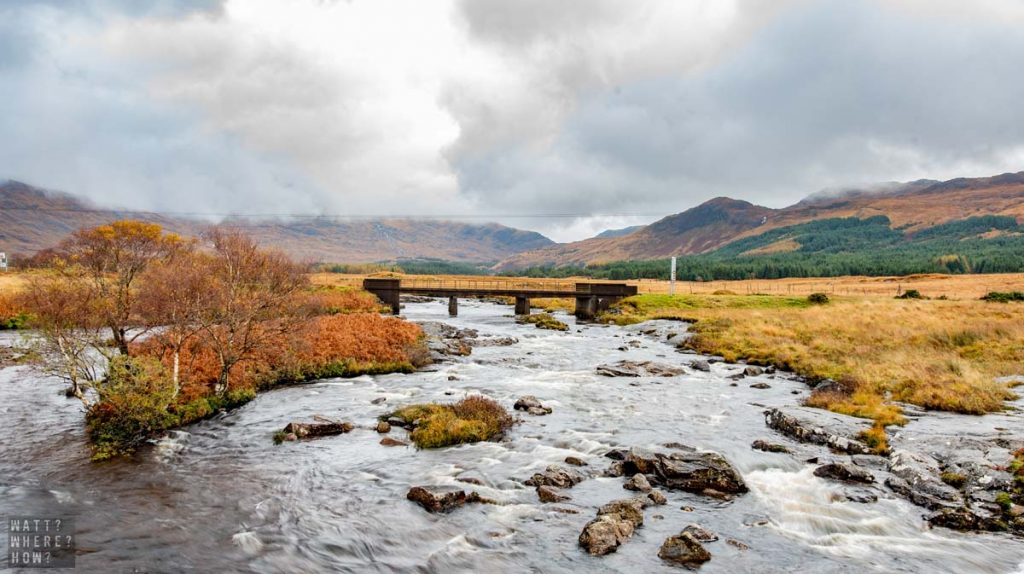
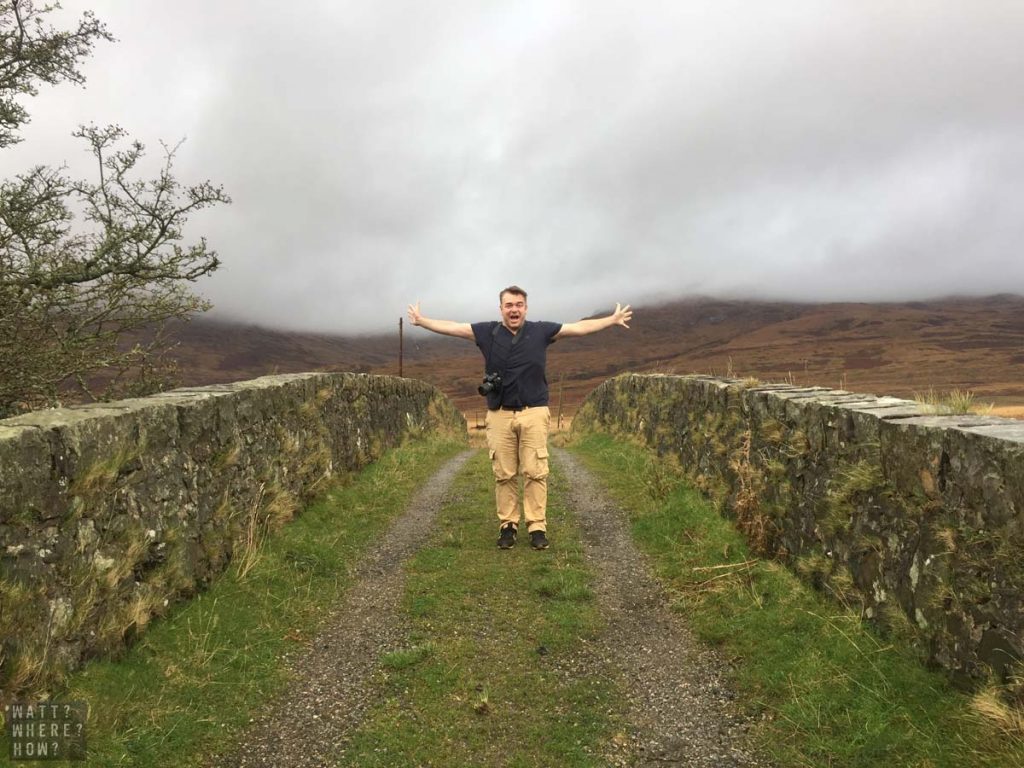
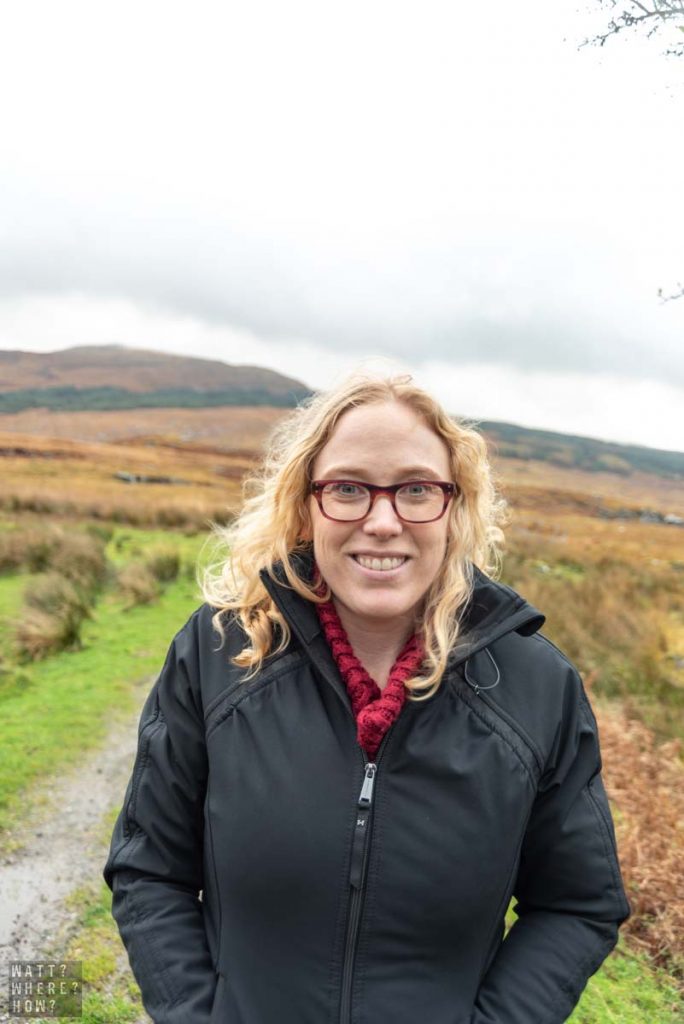
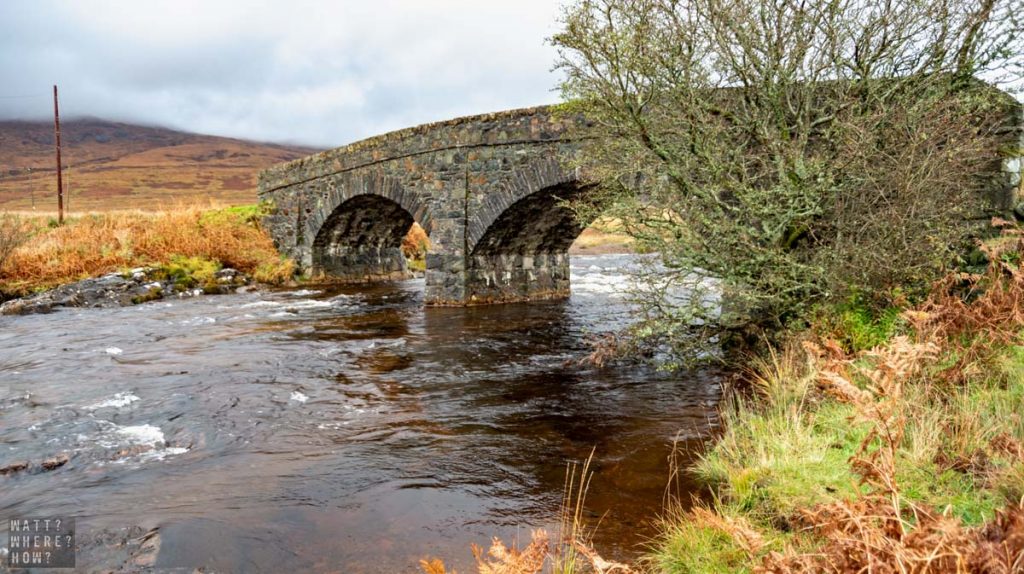
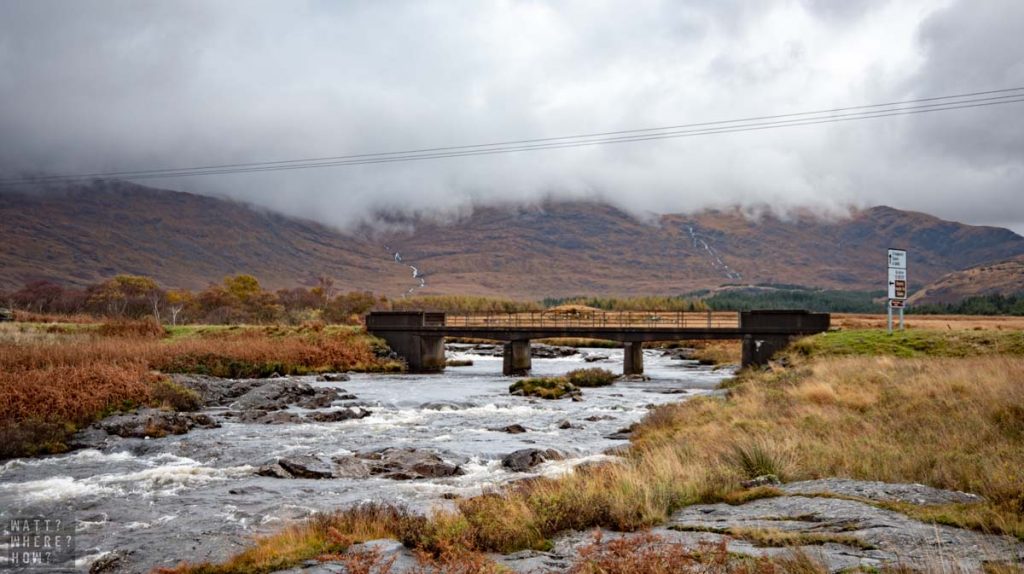
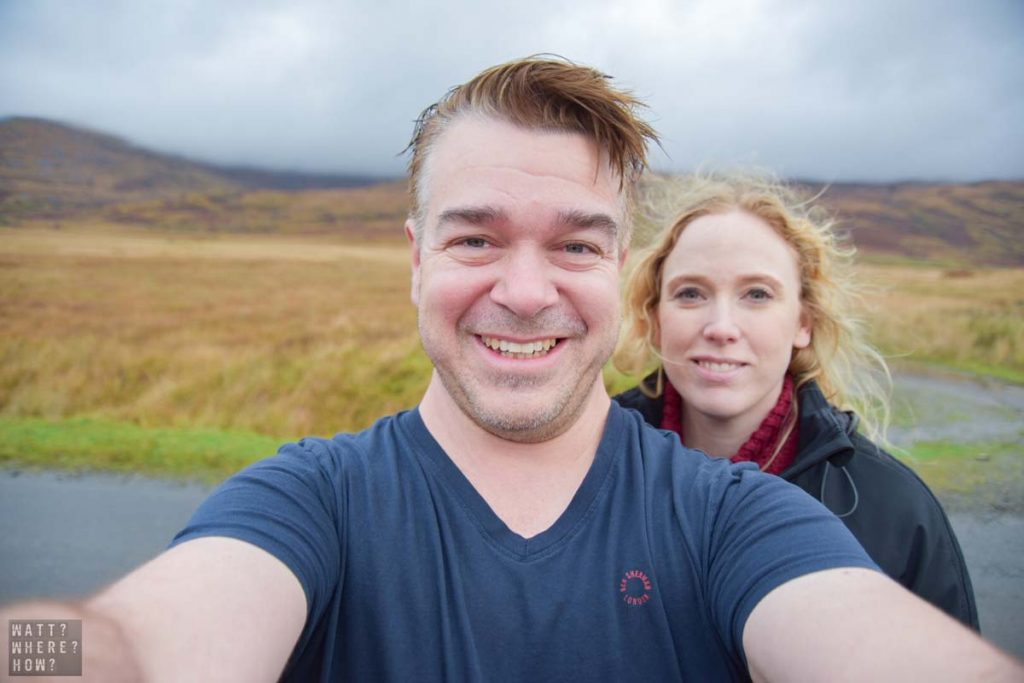
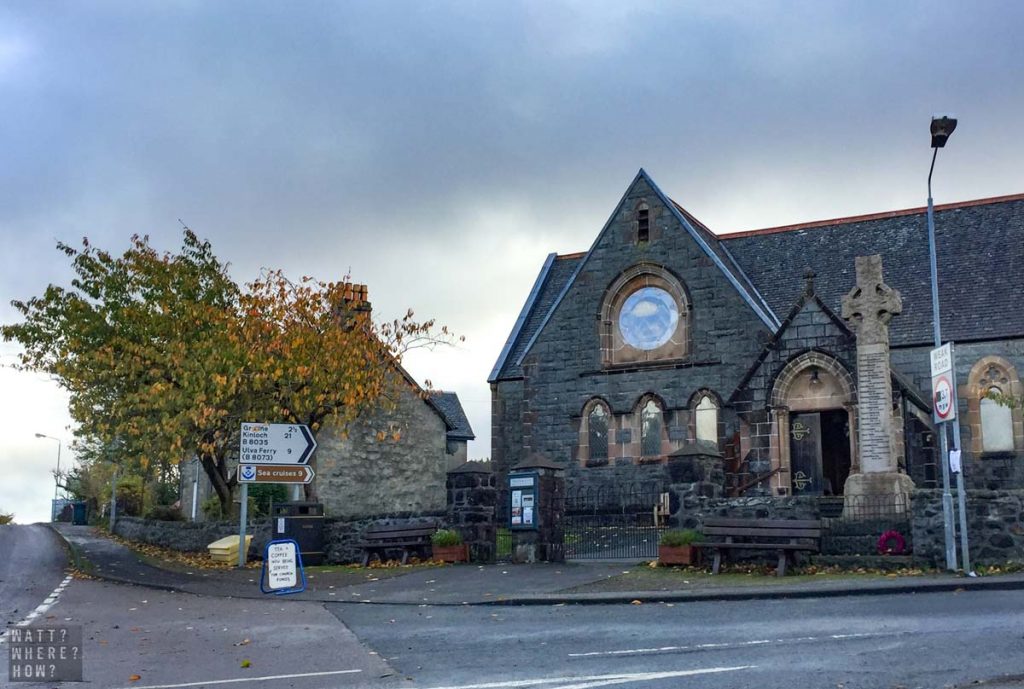
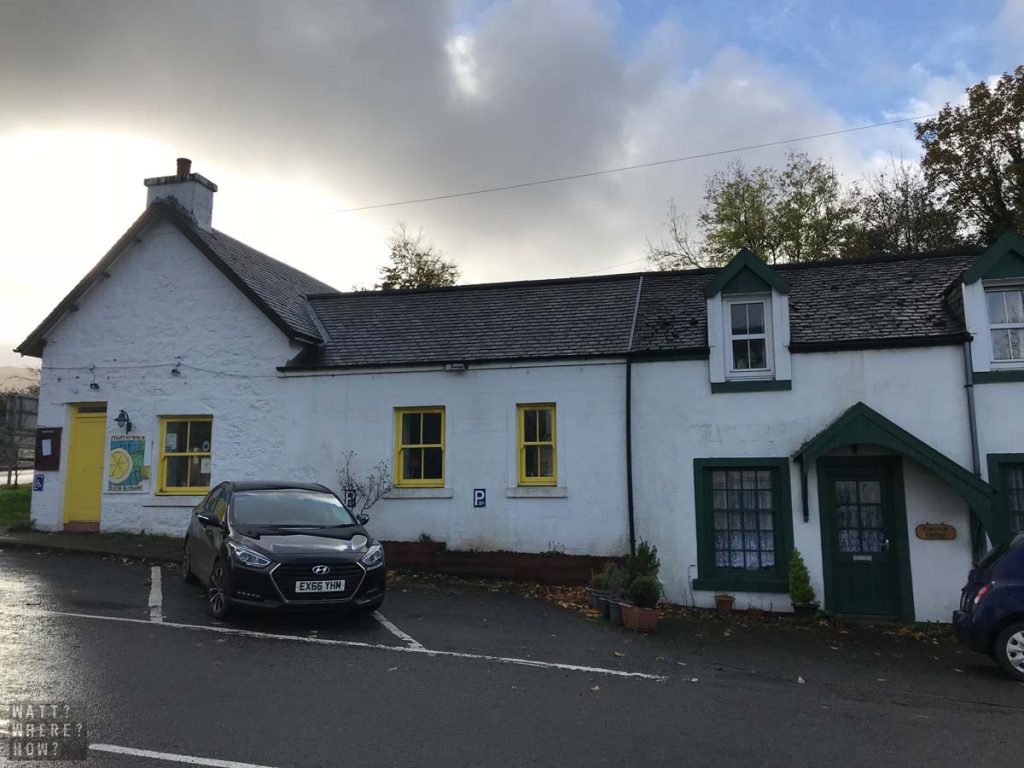
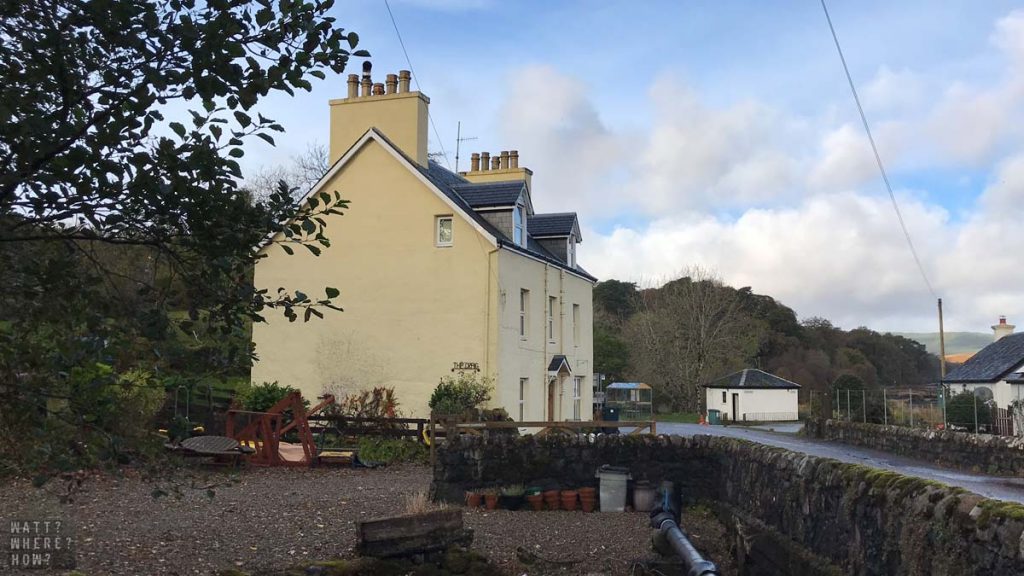
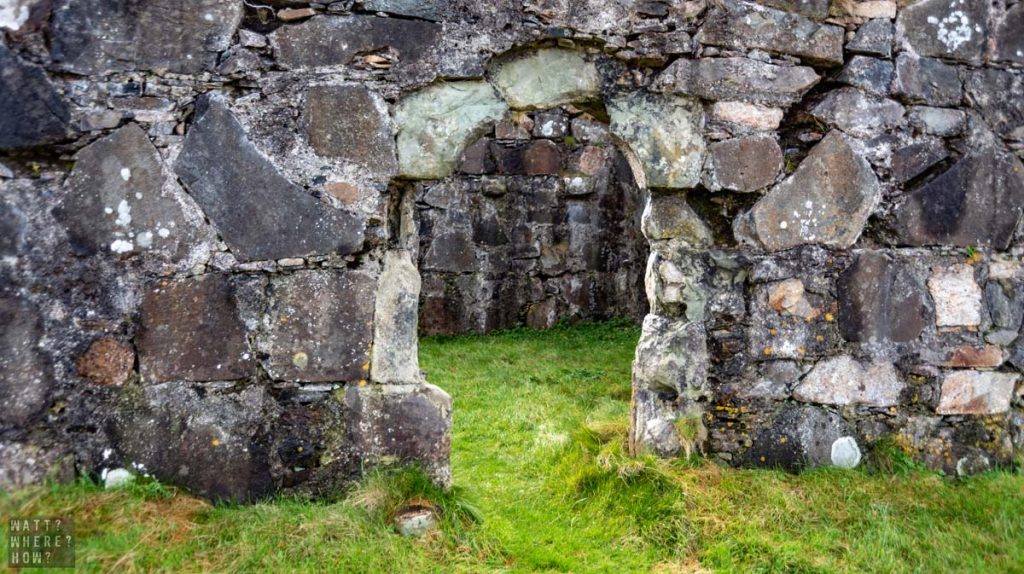
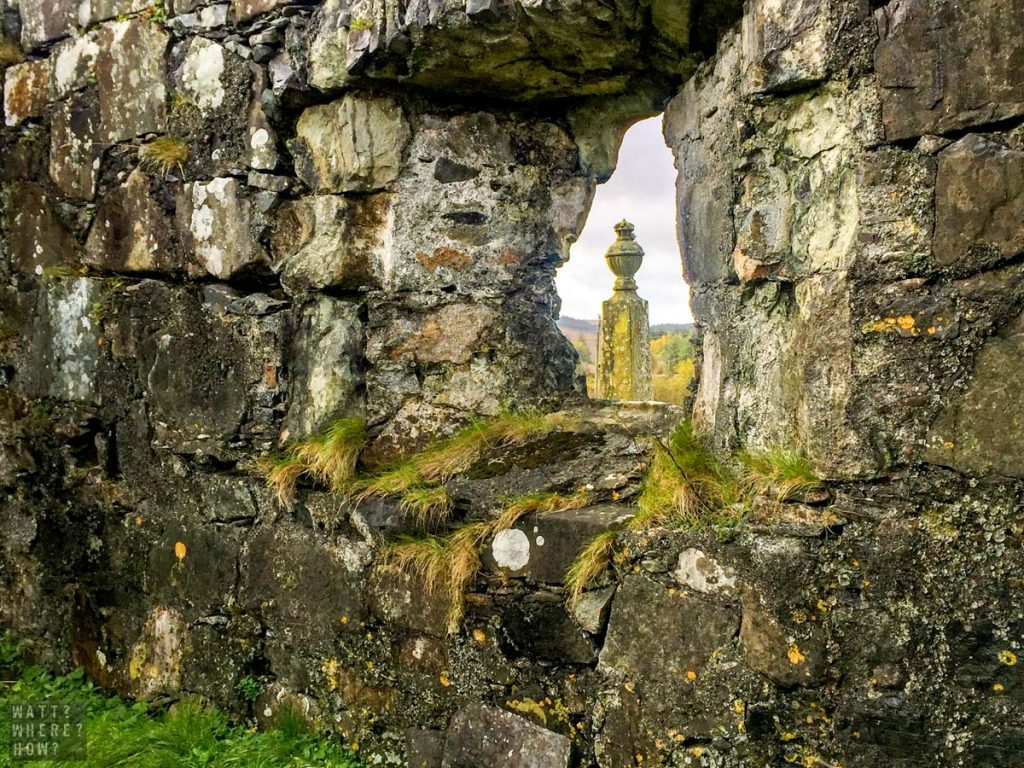
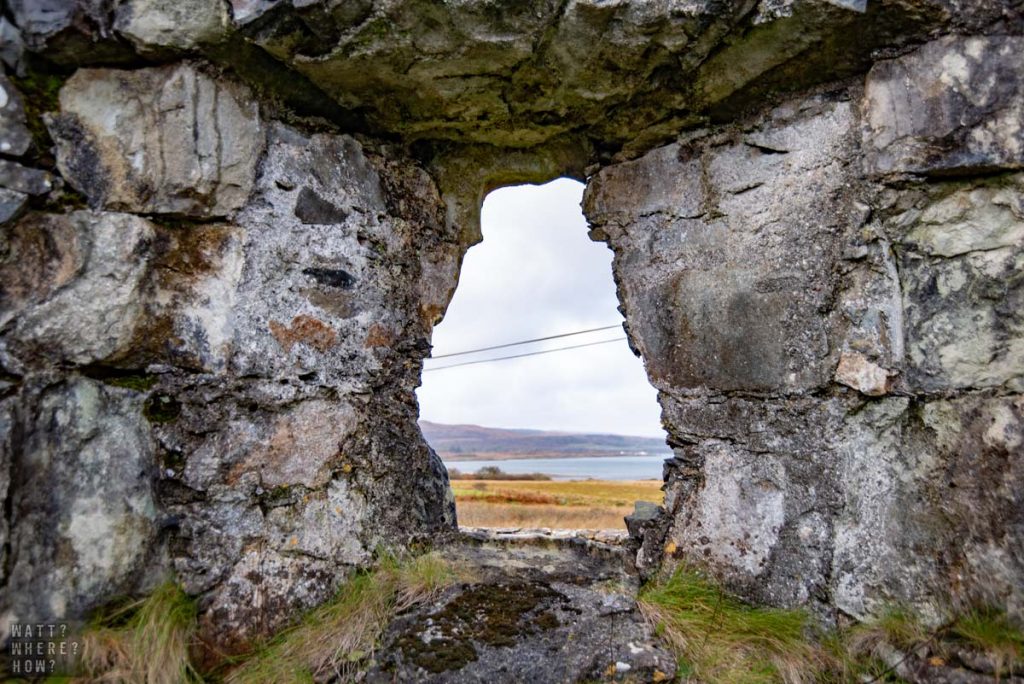
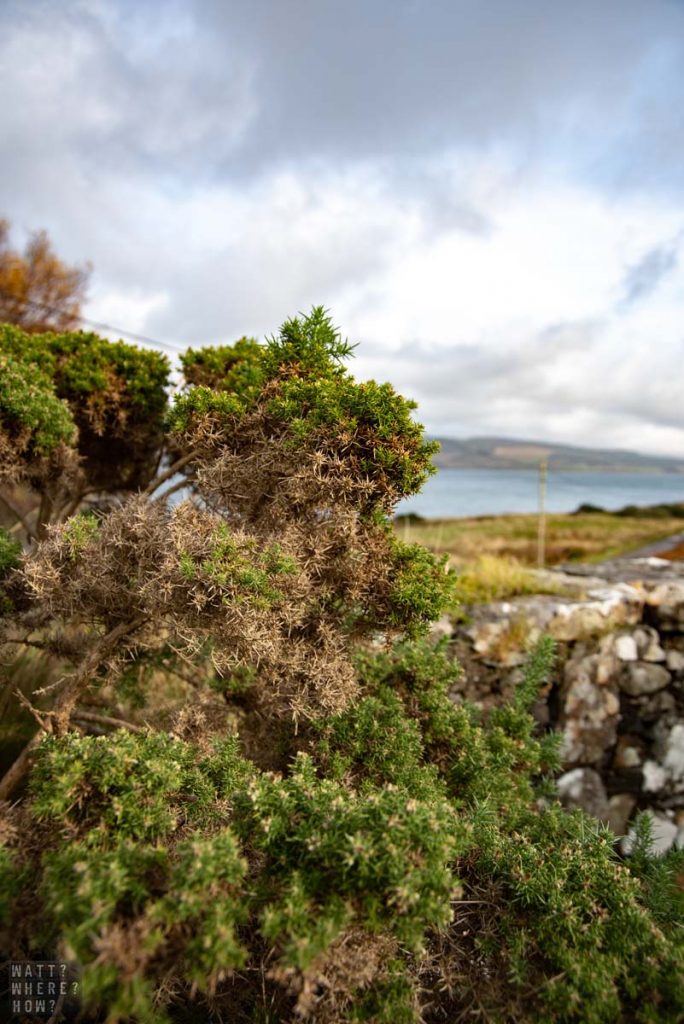
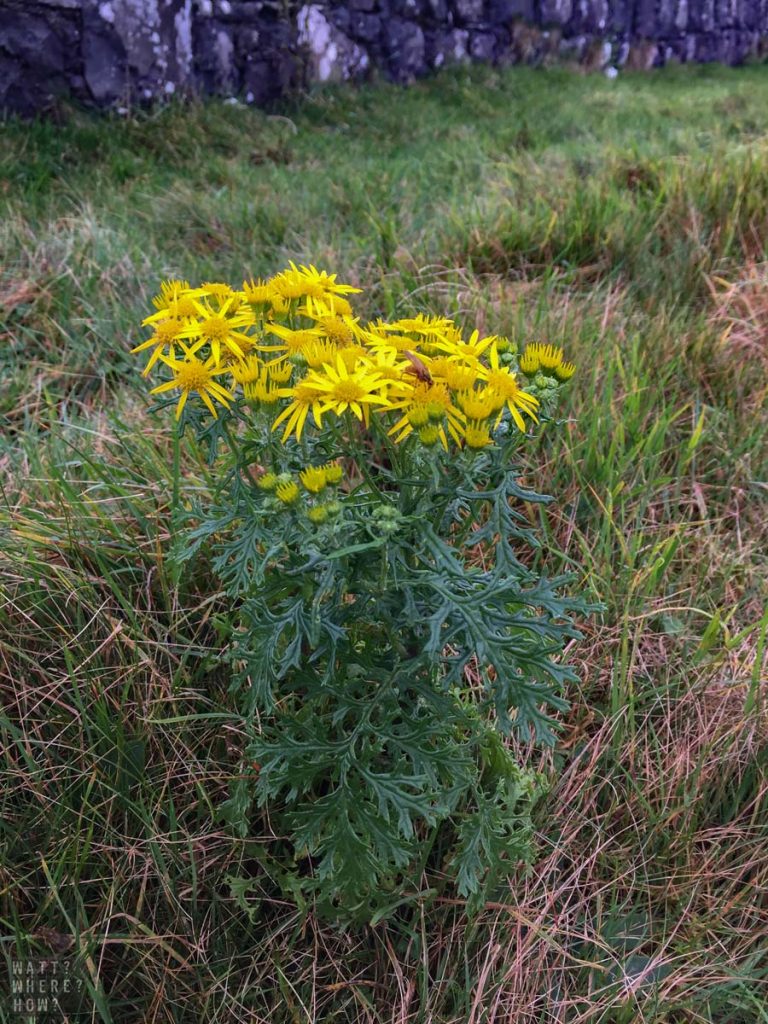
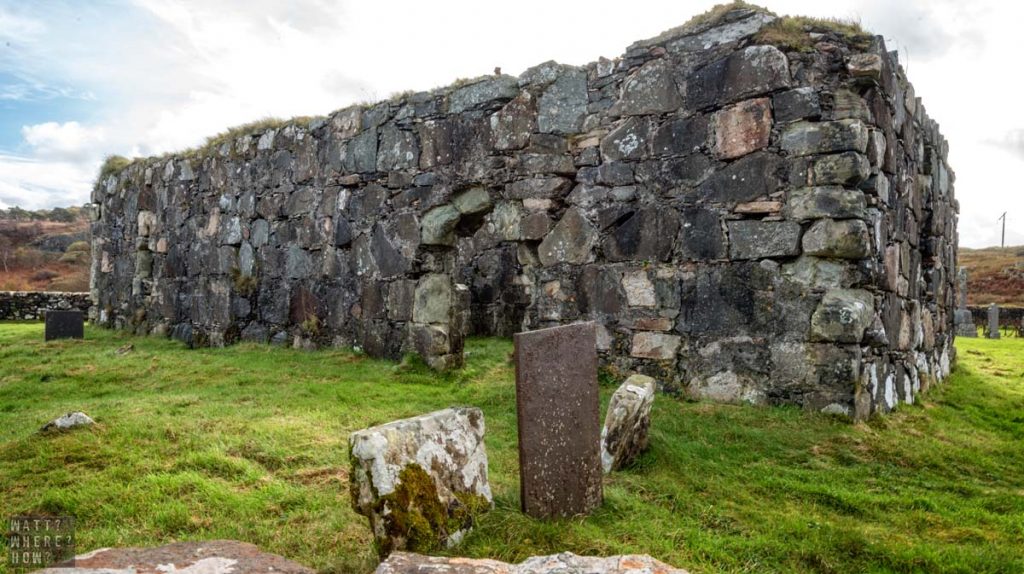
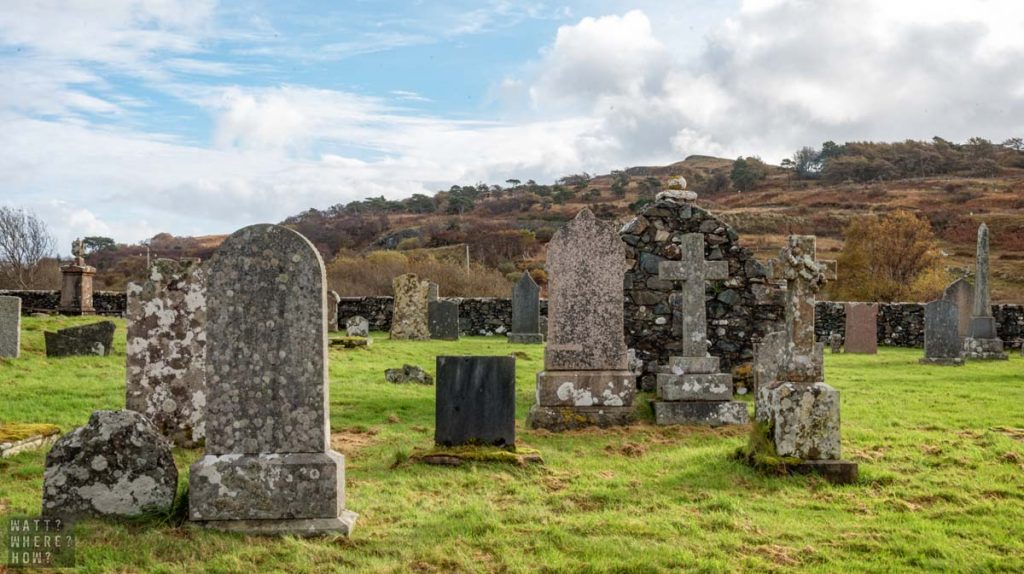
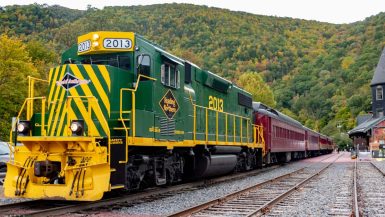
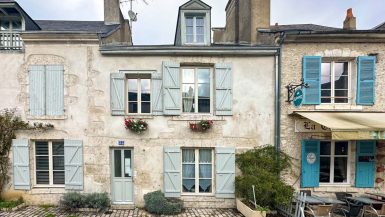
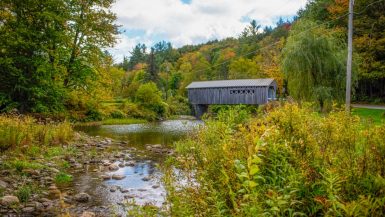
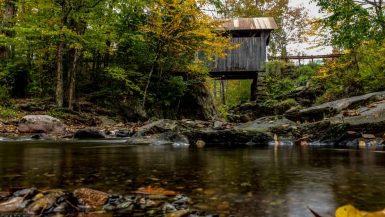
Loved reading this! I want to go back to Mull!!!! Looks really pretty in this piece….the sheep shot is my absolute fave! Great stuff xxxxxx
Hey Fran, love your blog. We were trying desperately to get to Iona and Fingal’s but the boat wasn’t allowed due to the weather. Very jealous that you were able to get right into Fingal’s Cave.
Great post! Love the photos, and I am a big fan of Scotland – although I’ve never been to the Isle of Mull. Looks like a gorgeous, relaxing spot – thanks so much for sharing!
Thanks Paul. Very happy to say you’re our first ever comment! Mull was well worth exploring off the beaten track. The driving was intense and we were too late in the season to see Fingal’s Cave but we’d definitely put it on the list of places worth revisiting later in life. Bernie & Jess